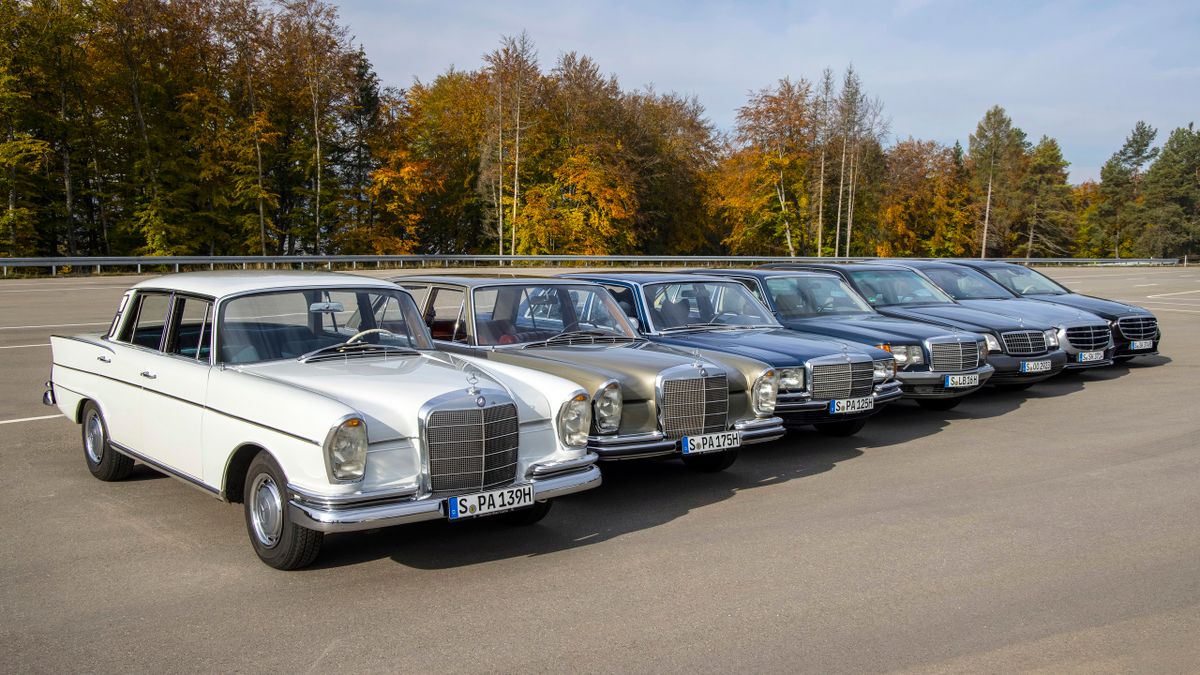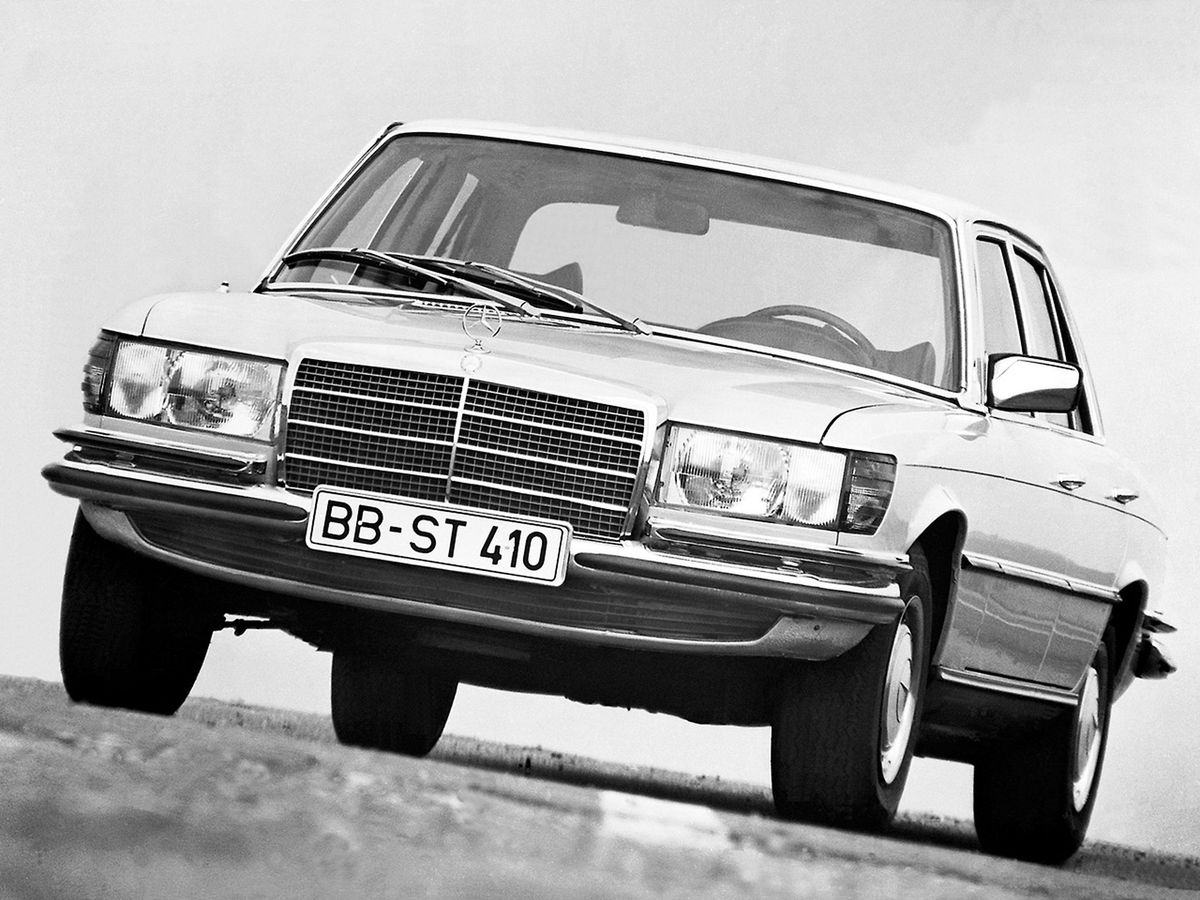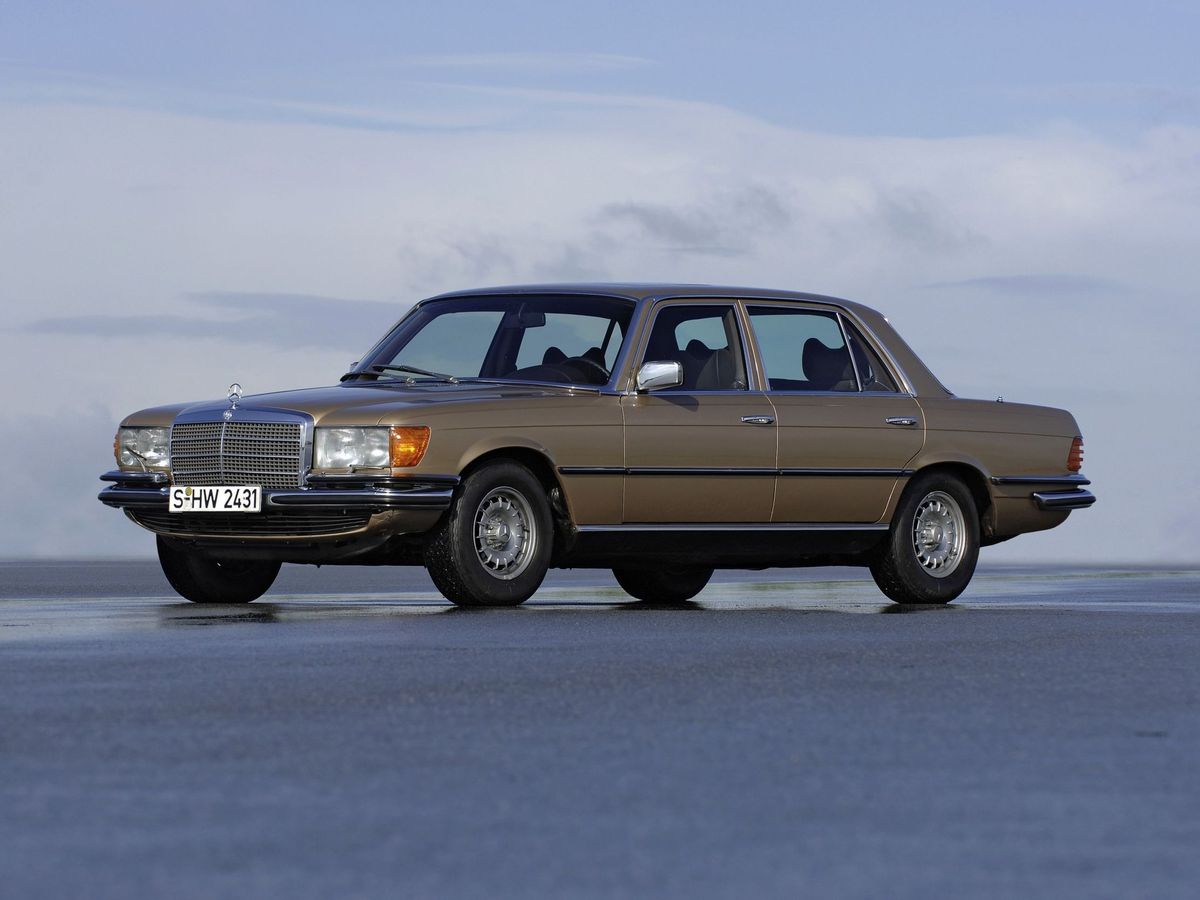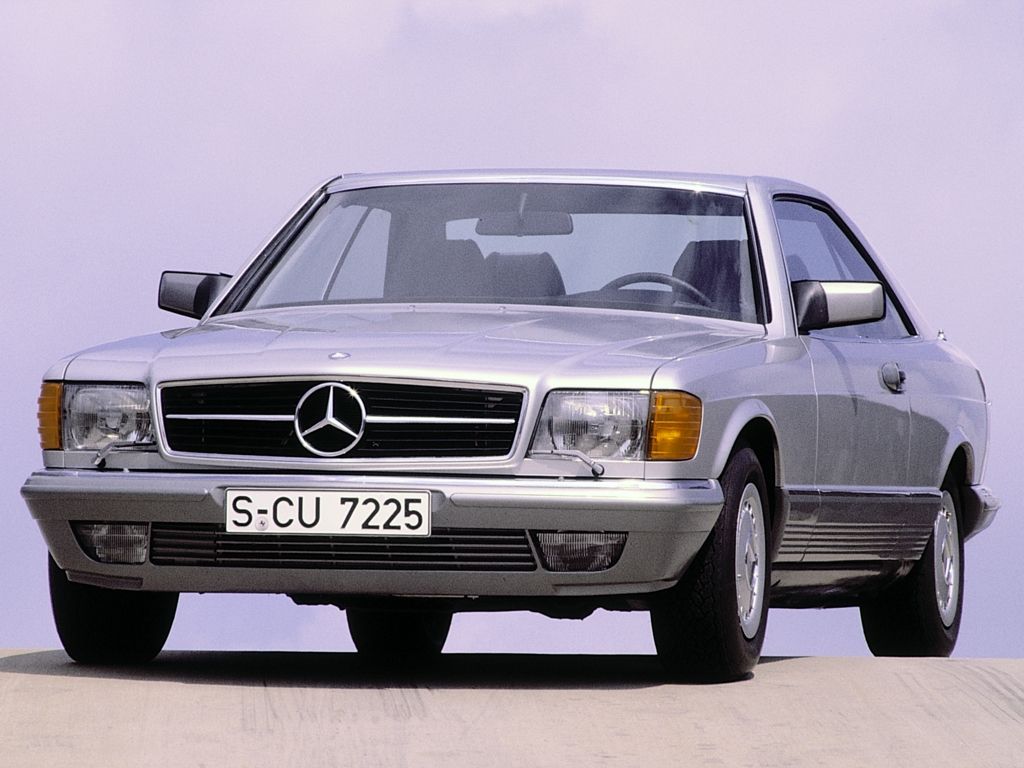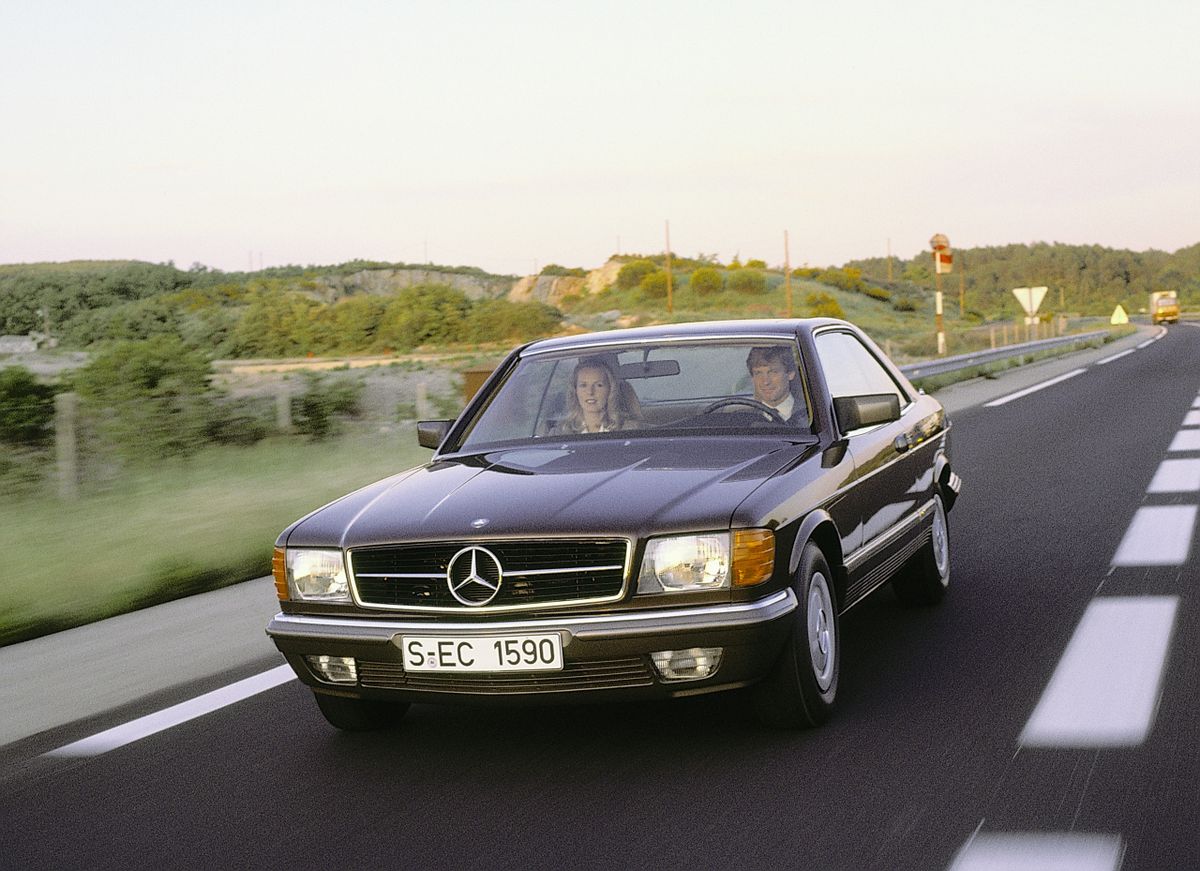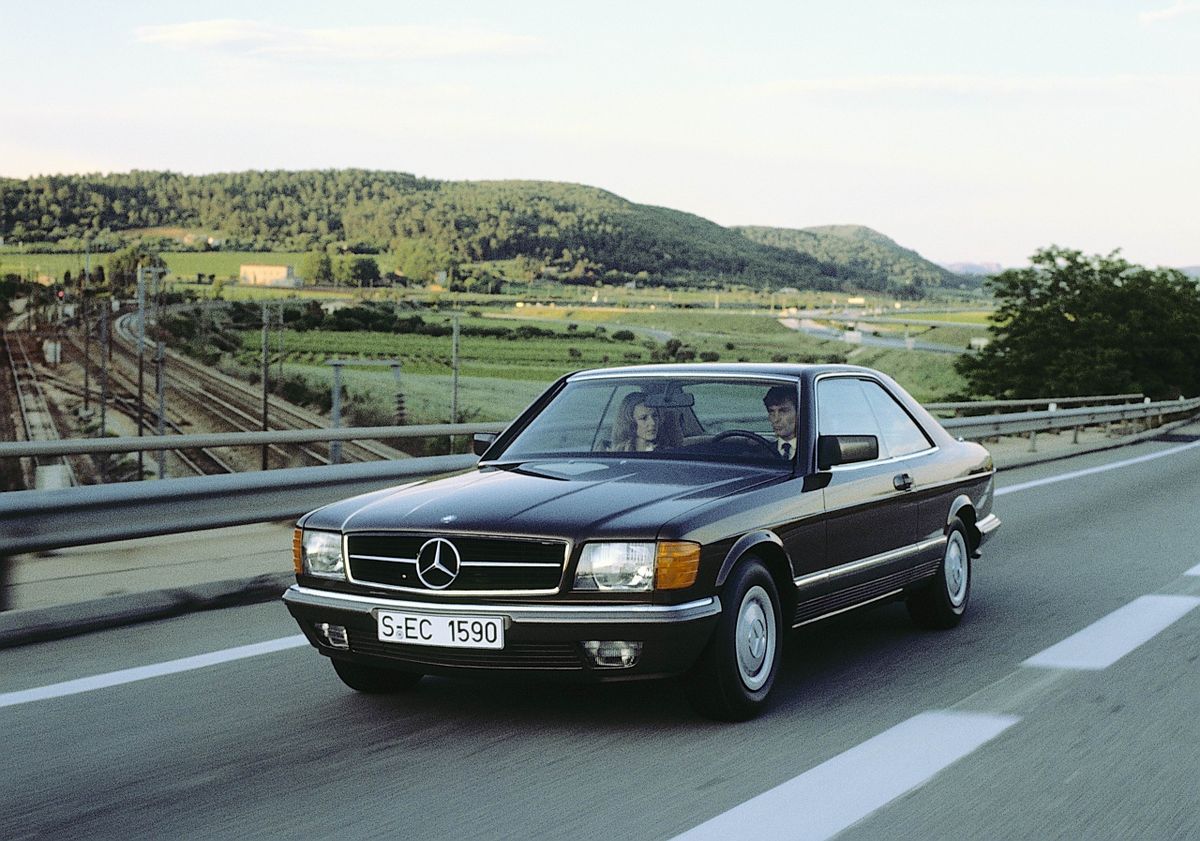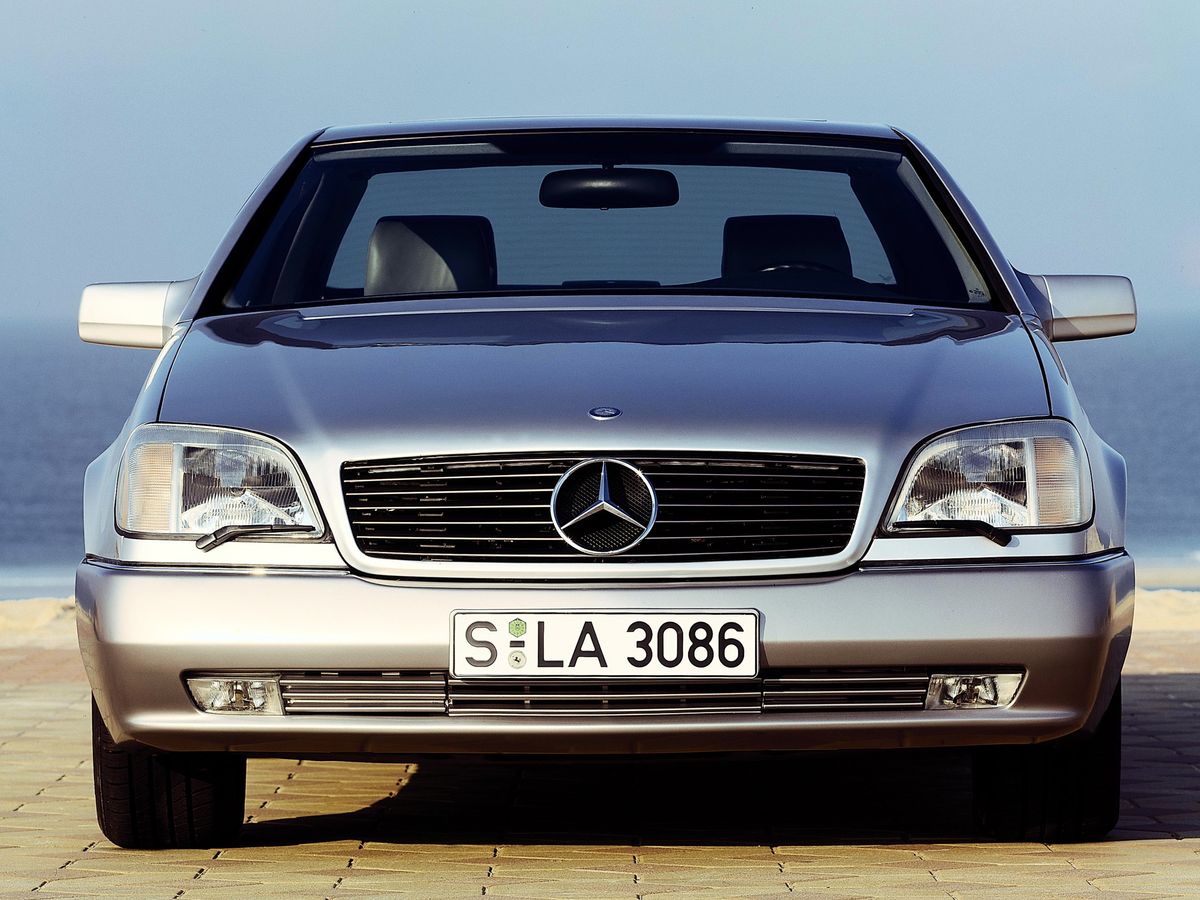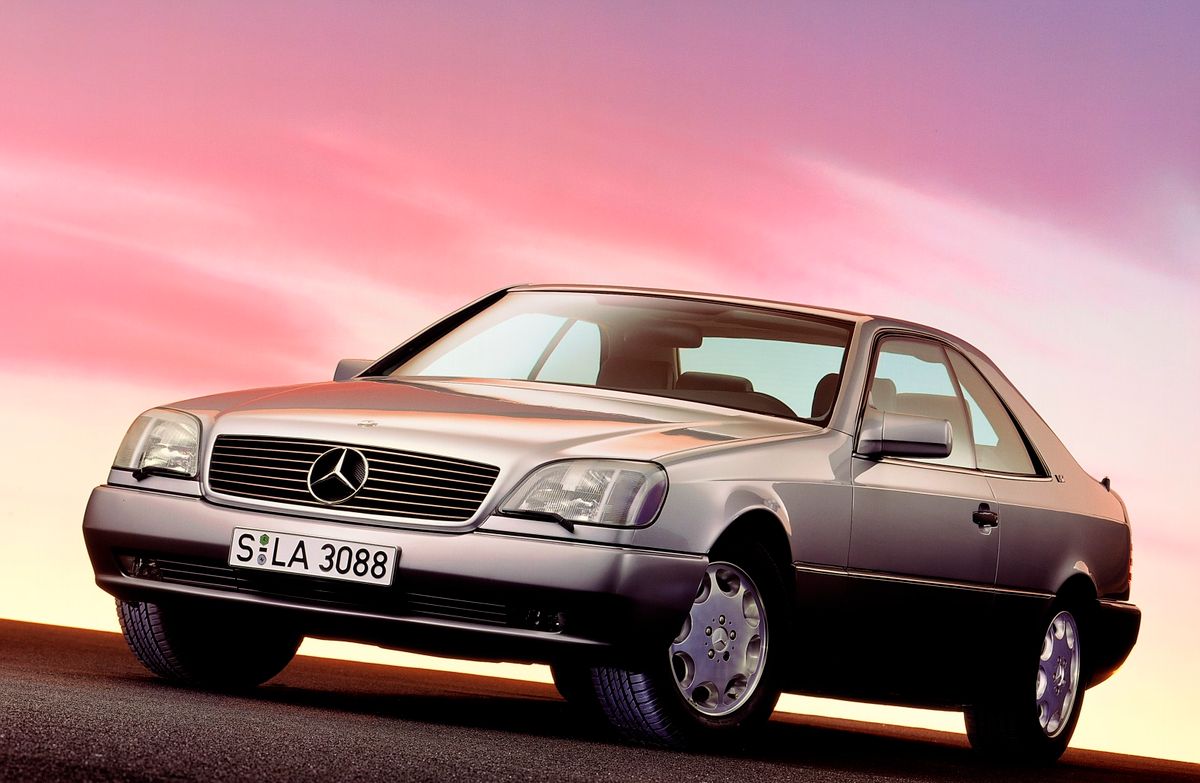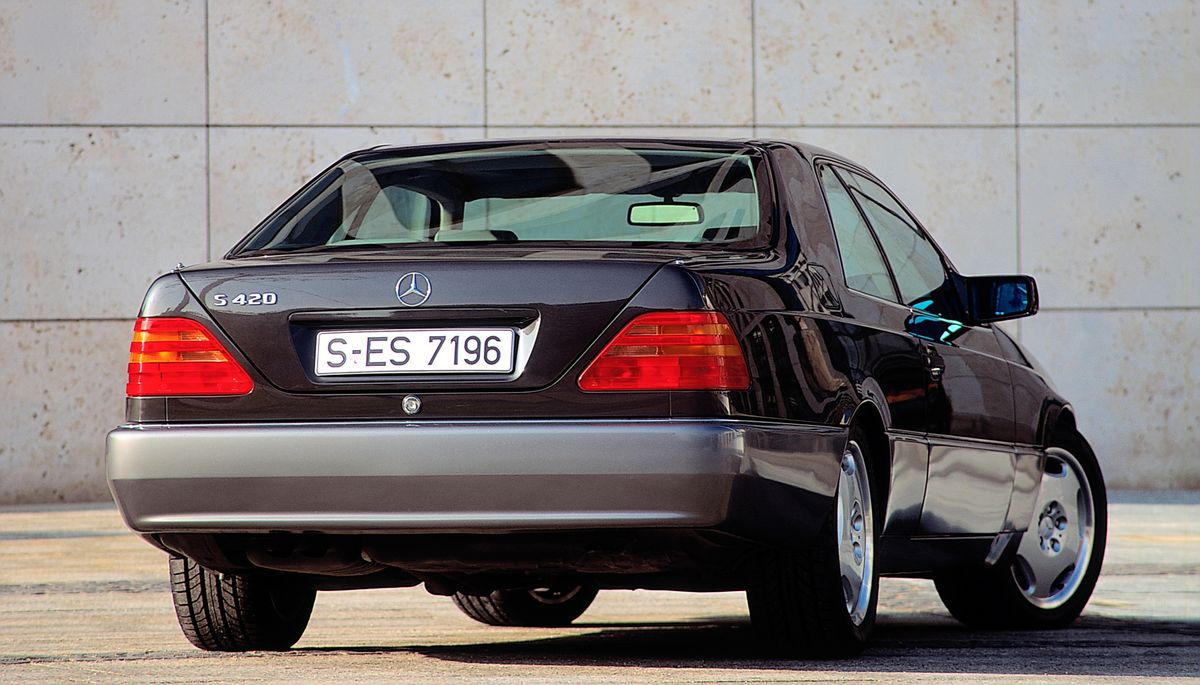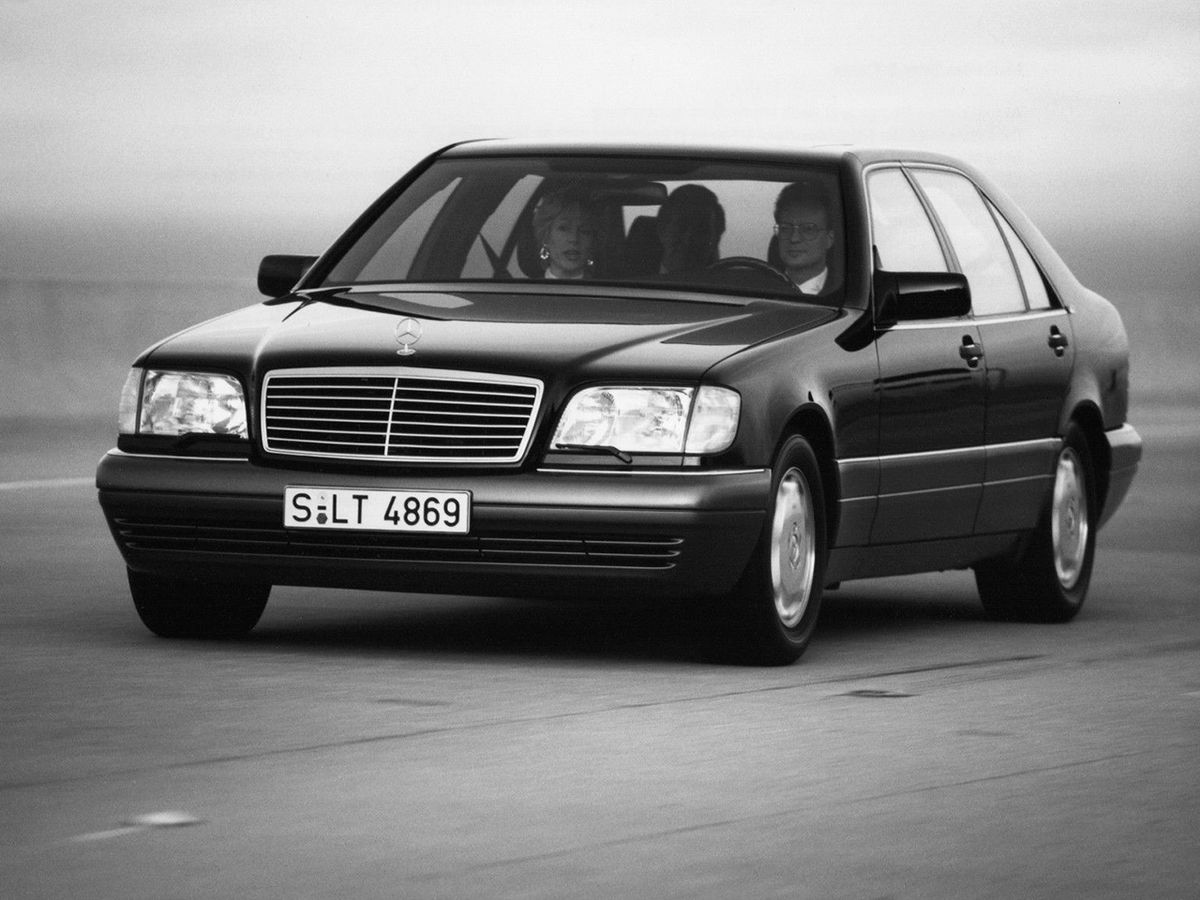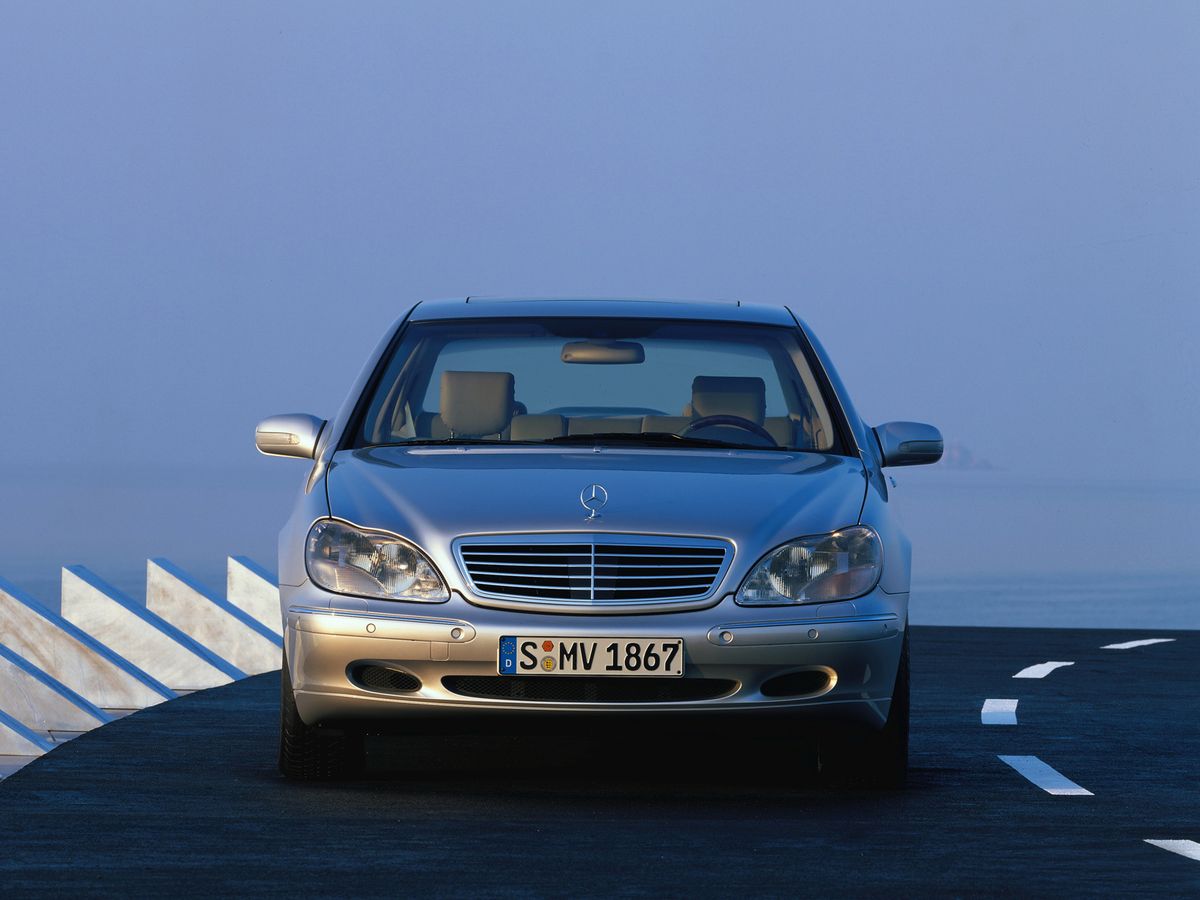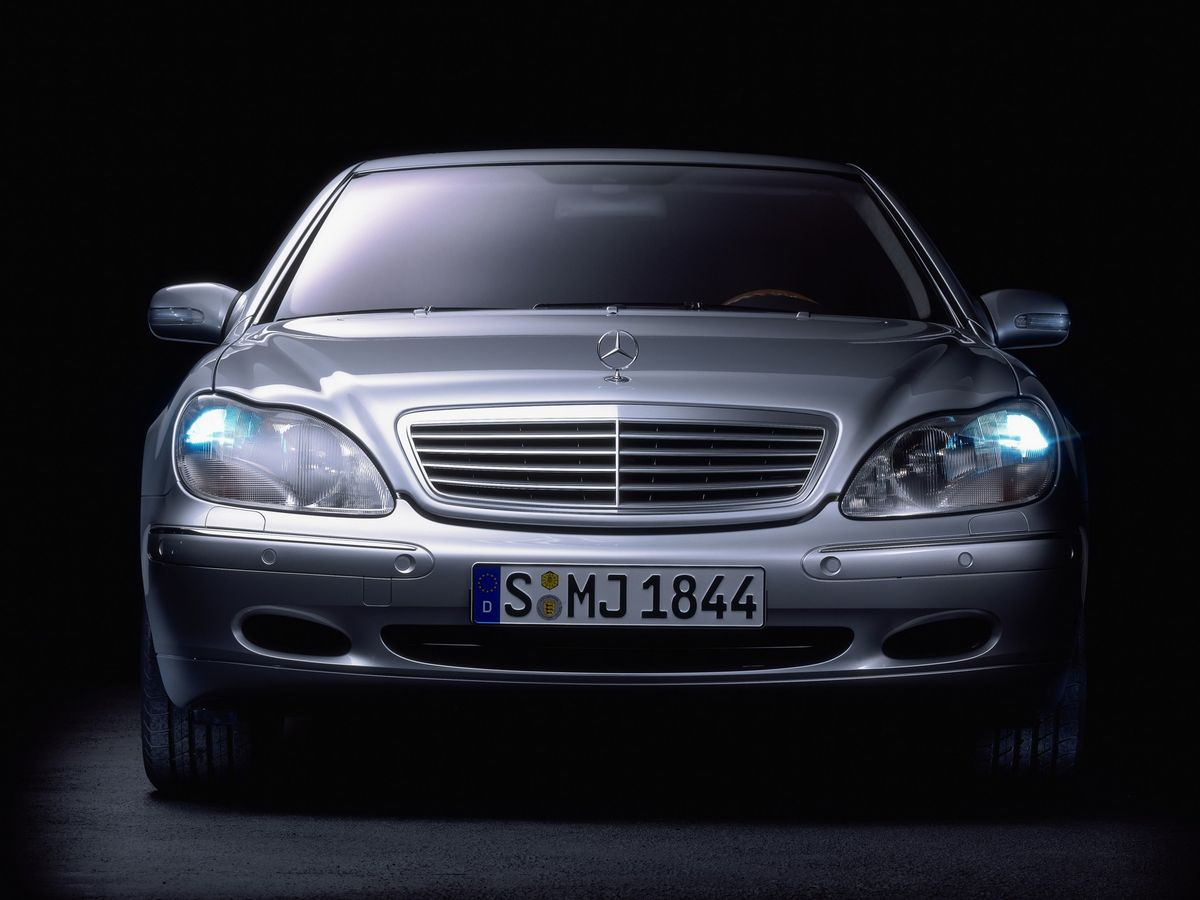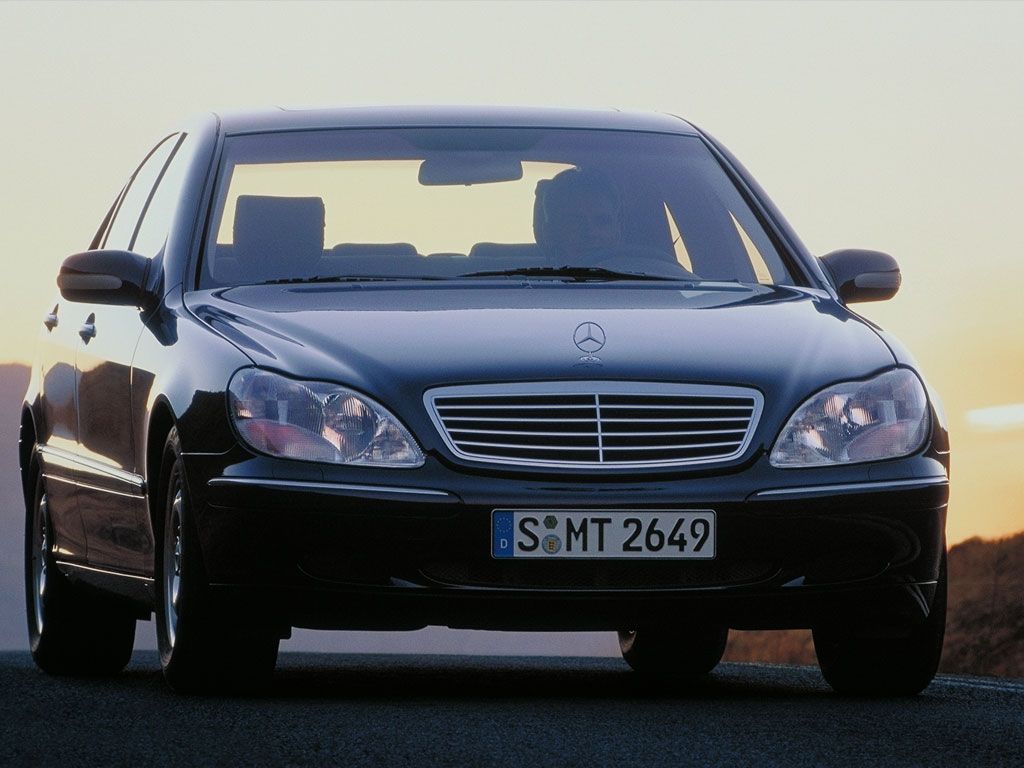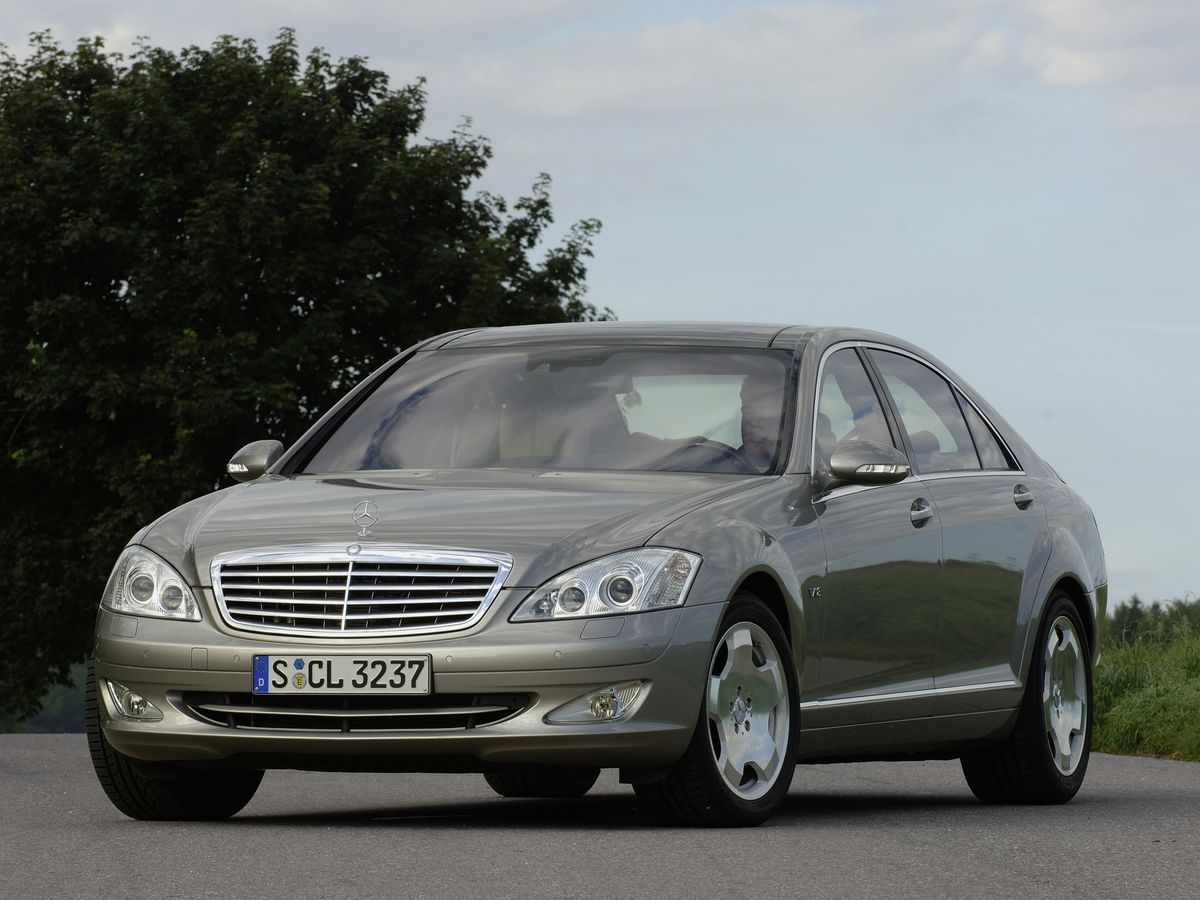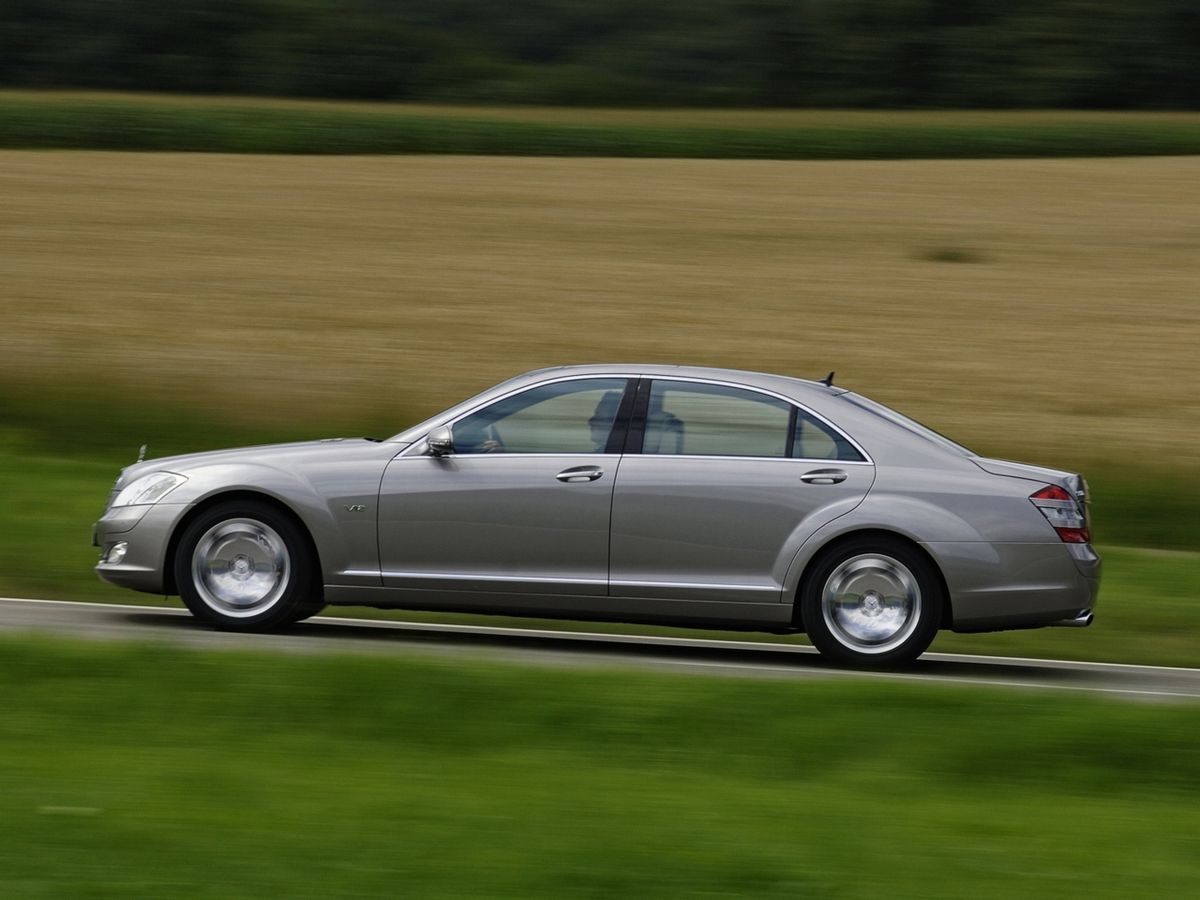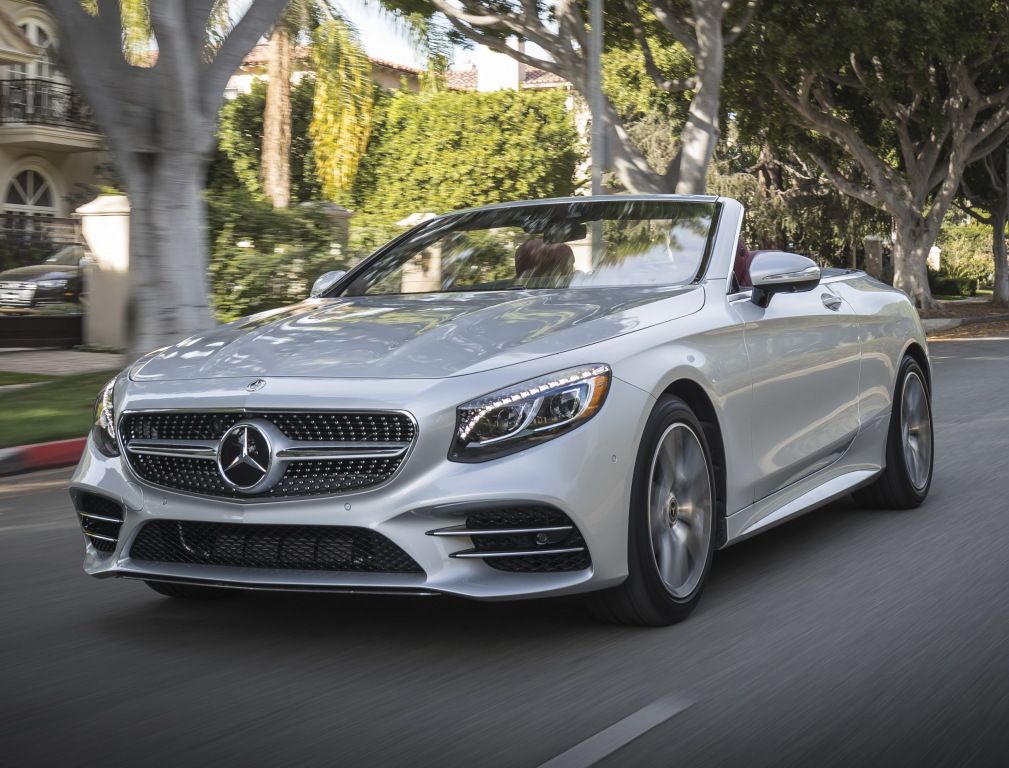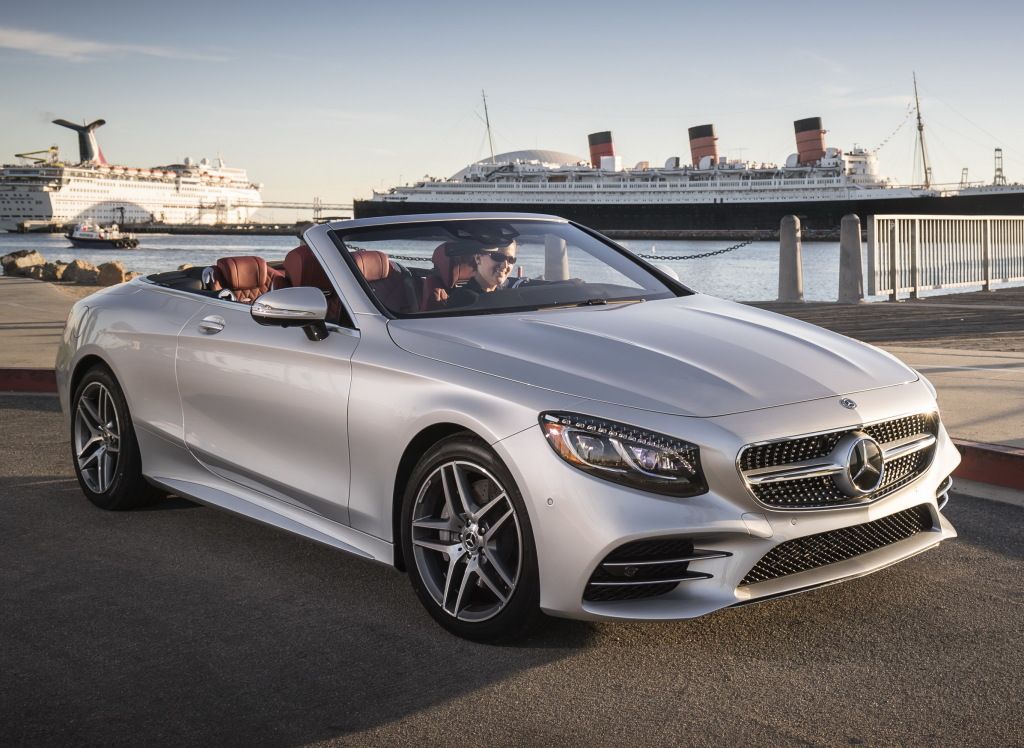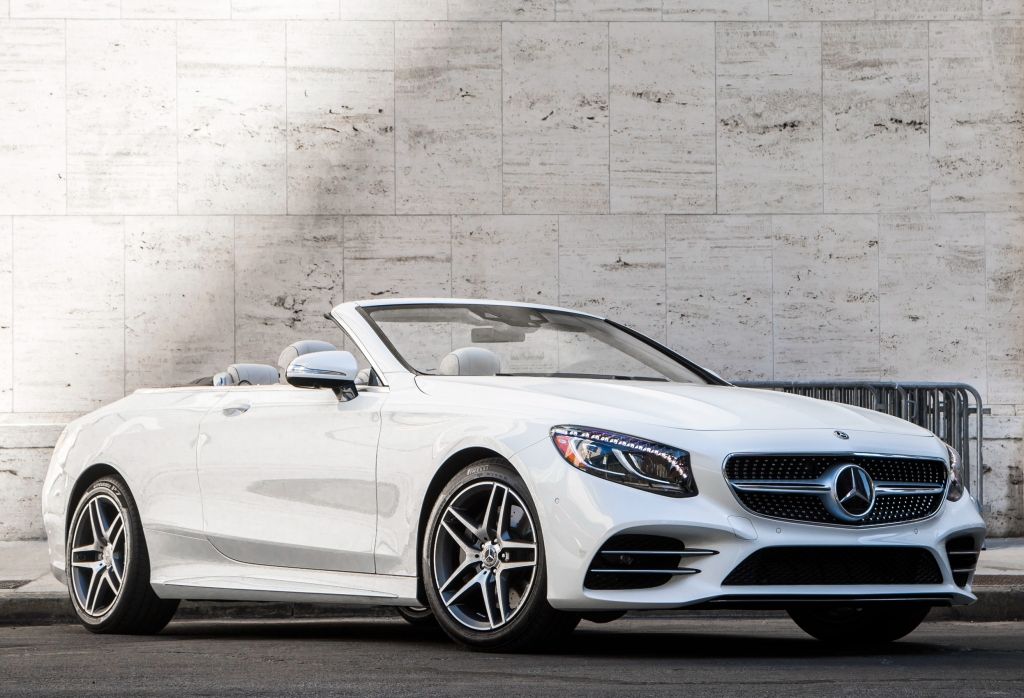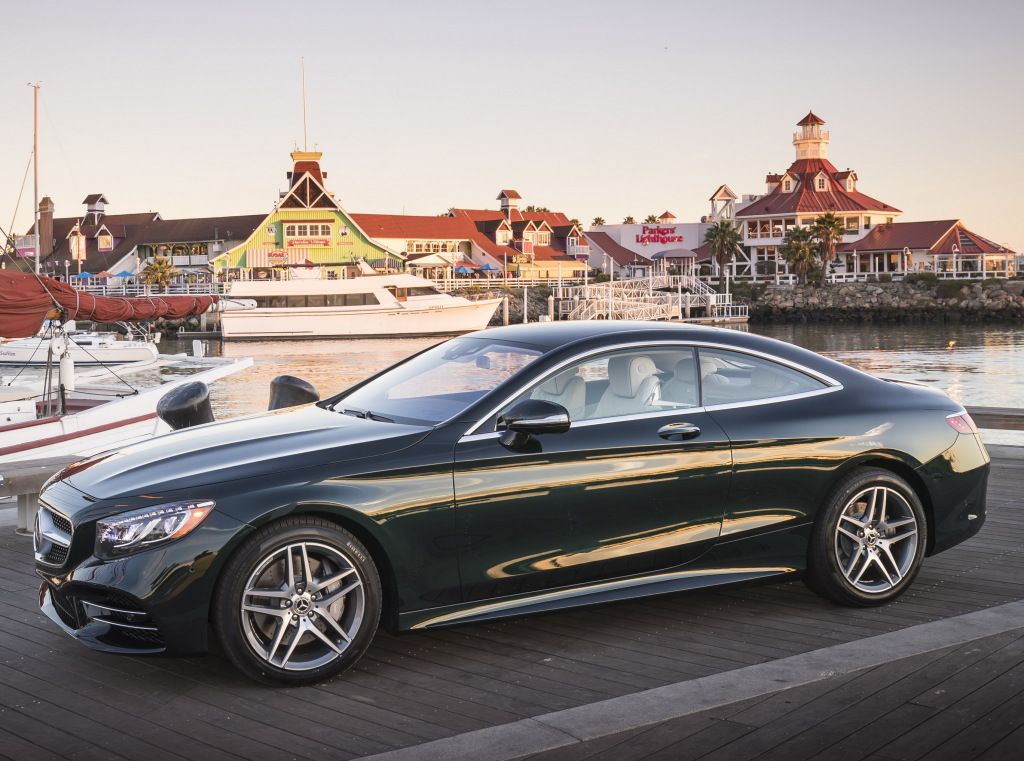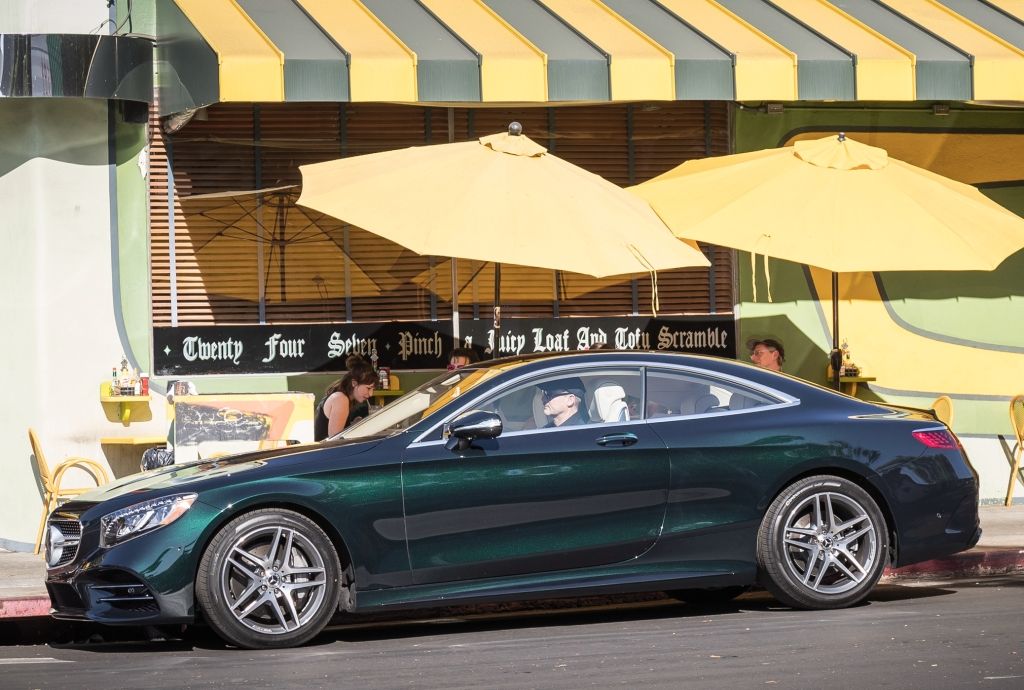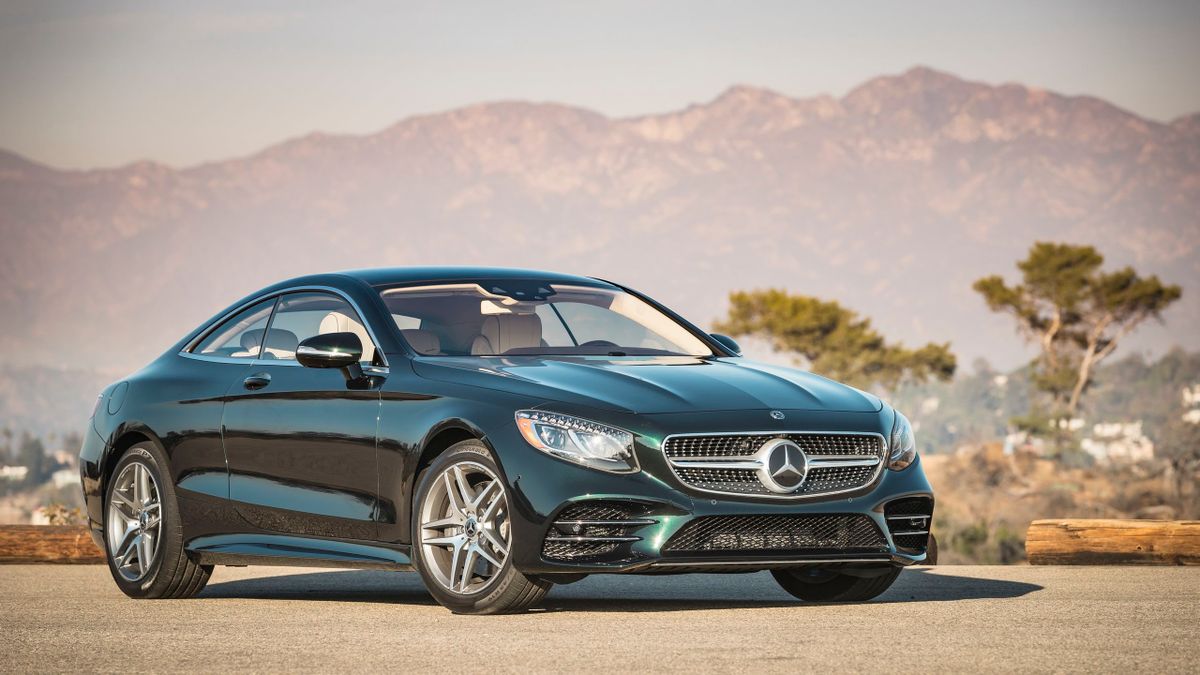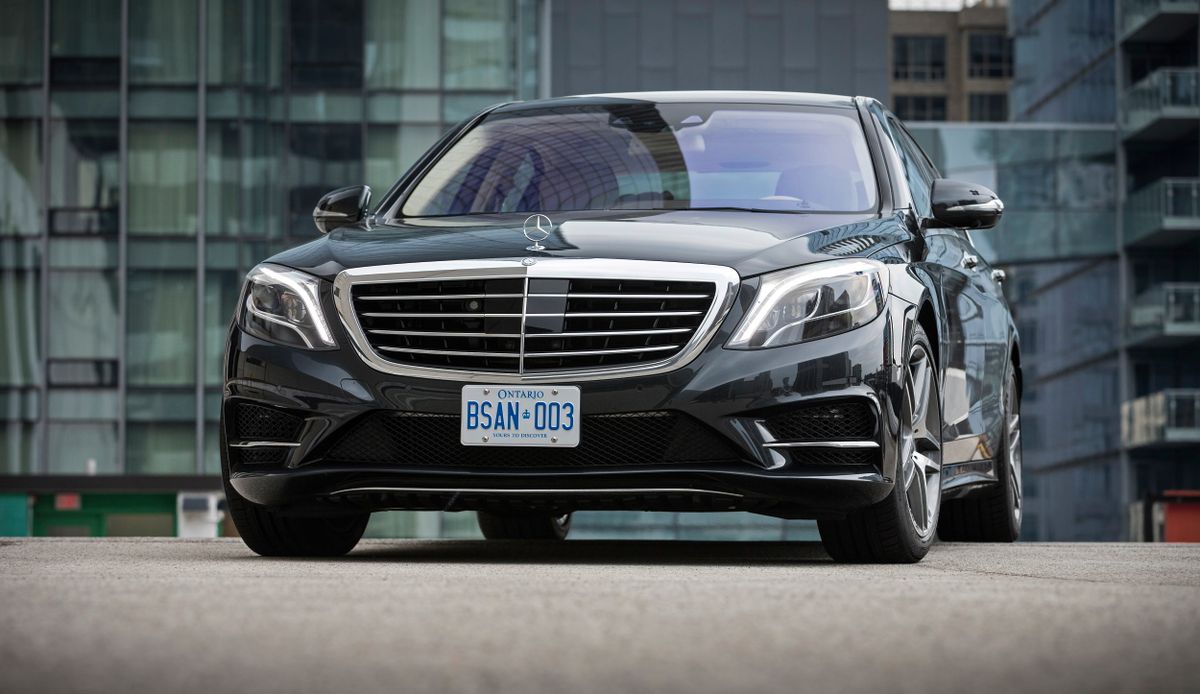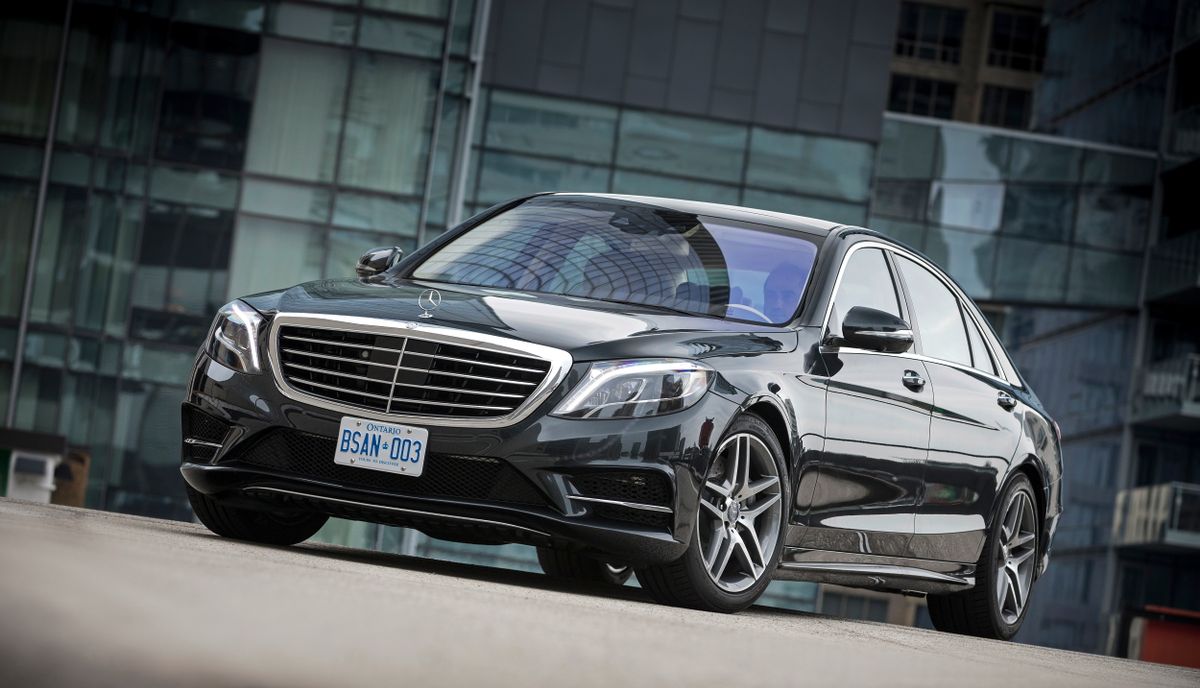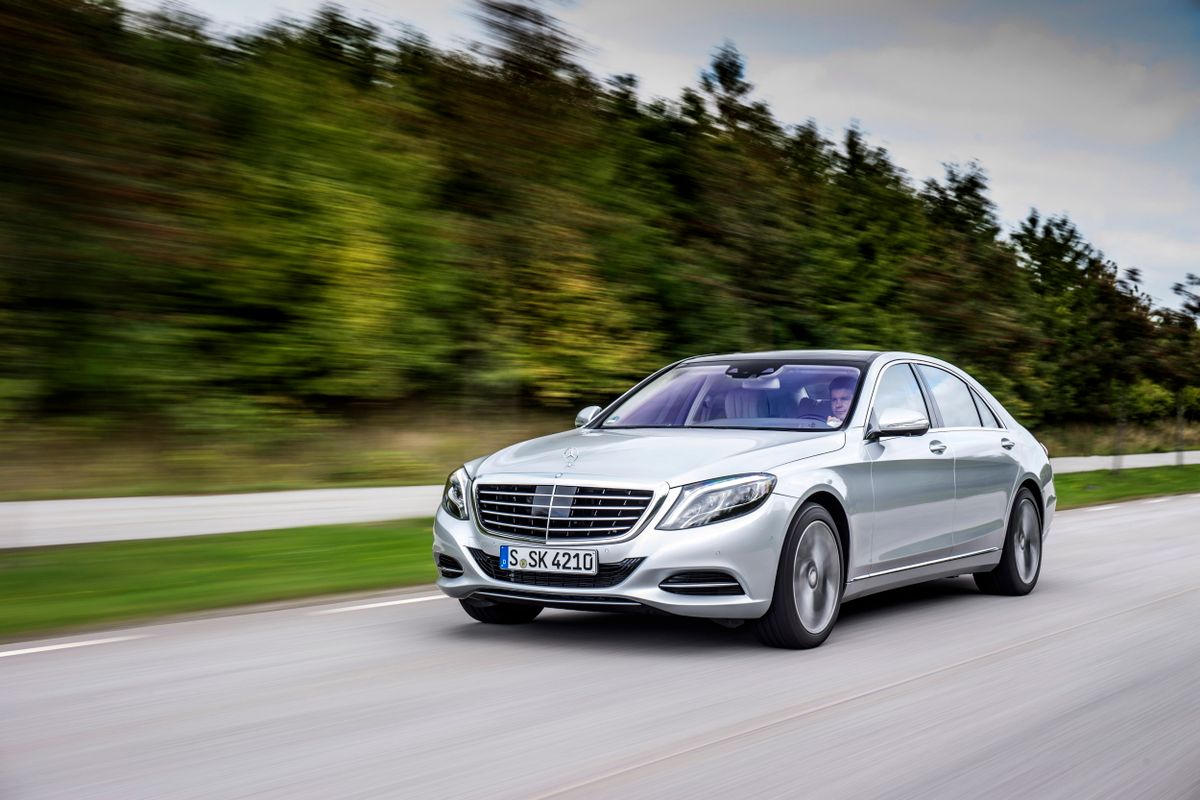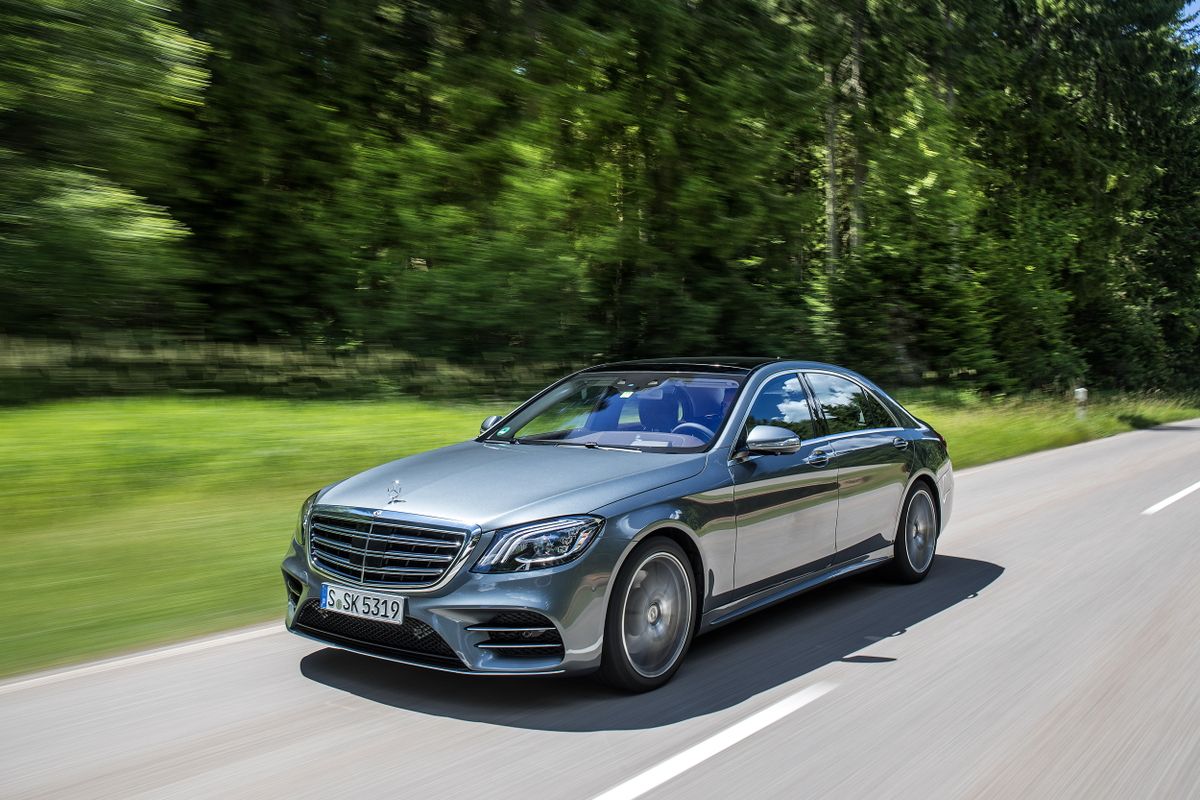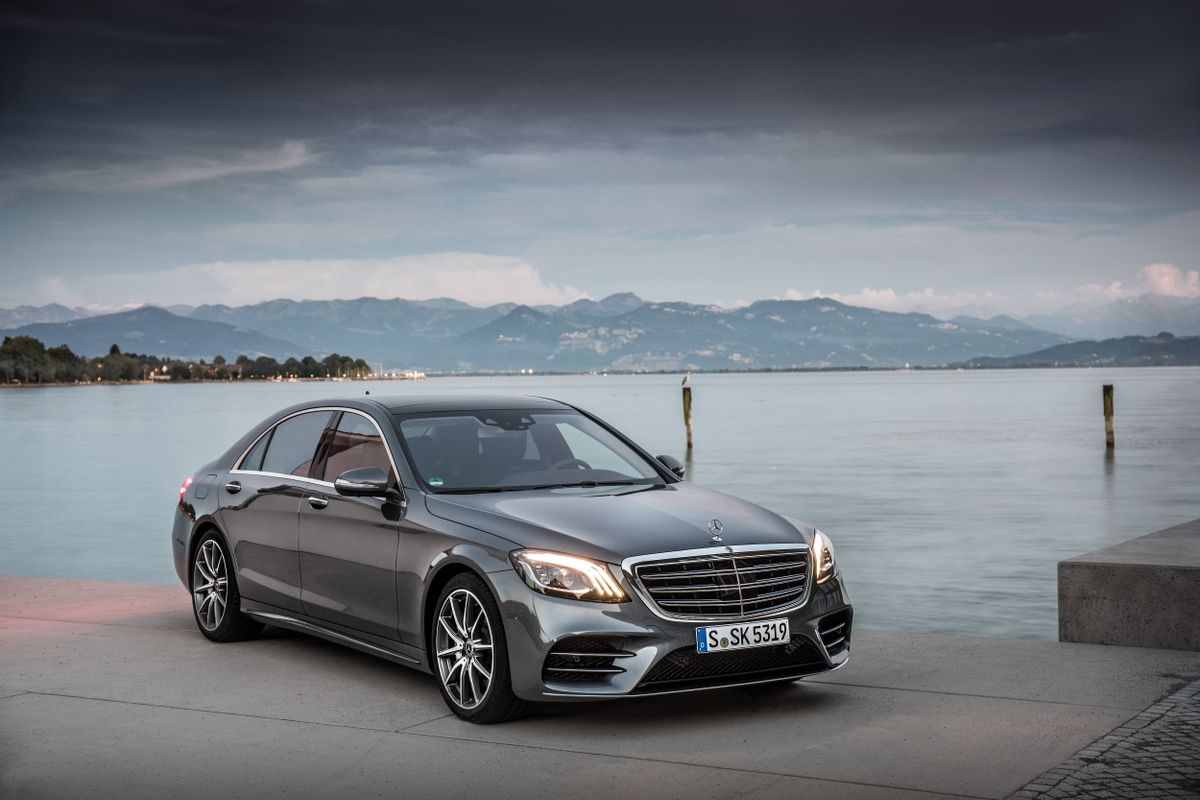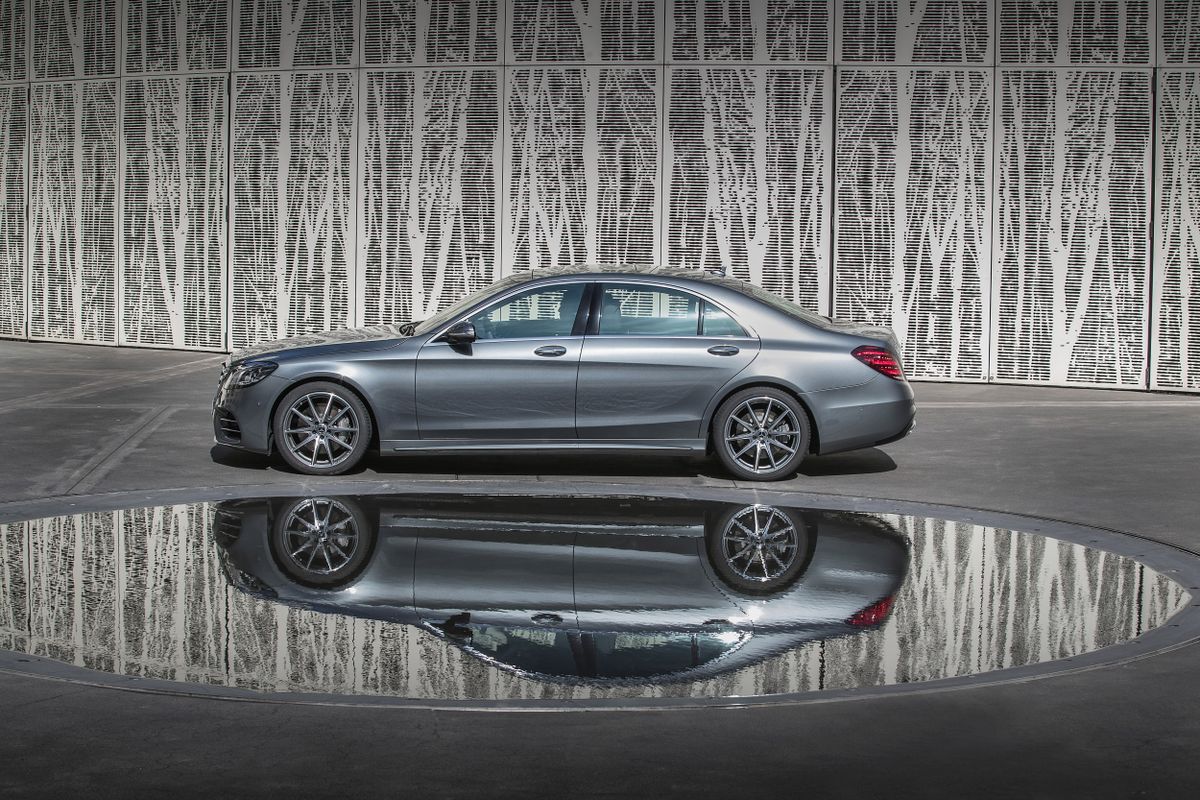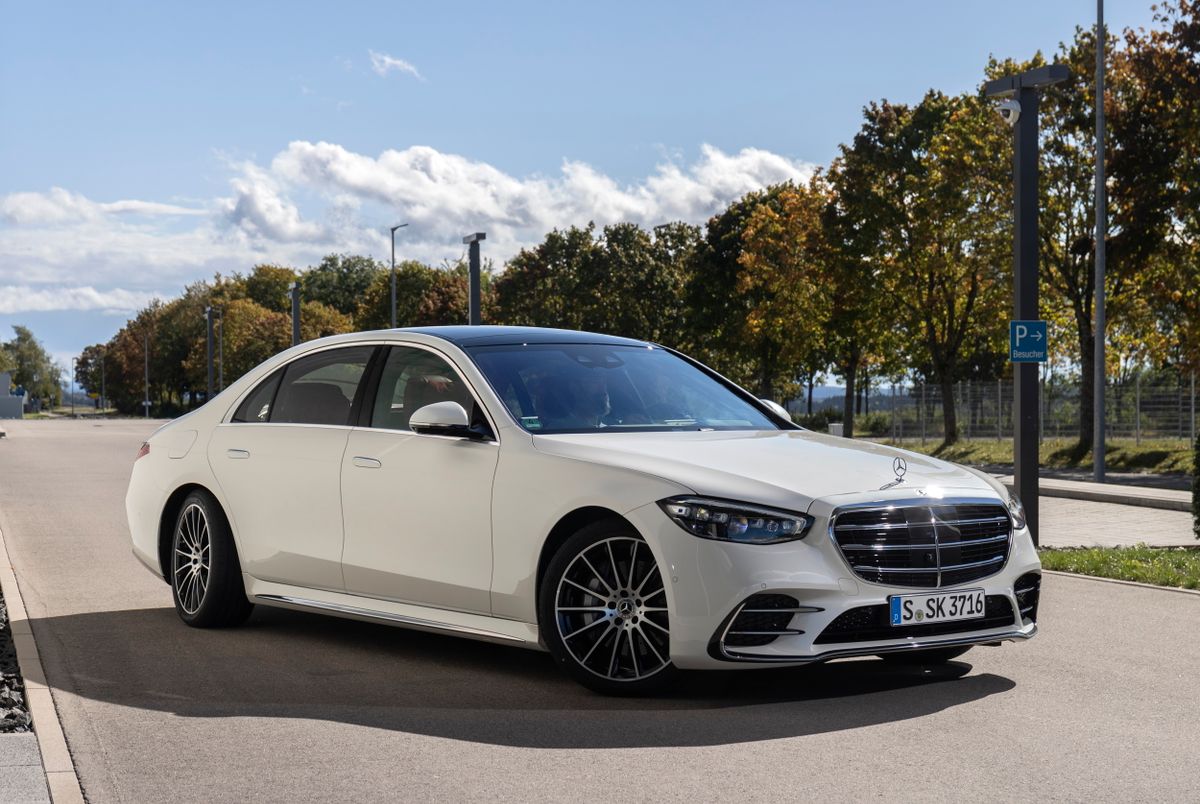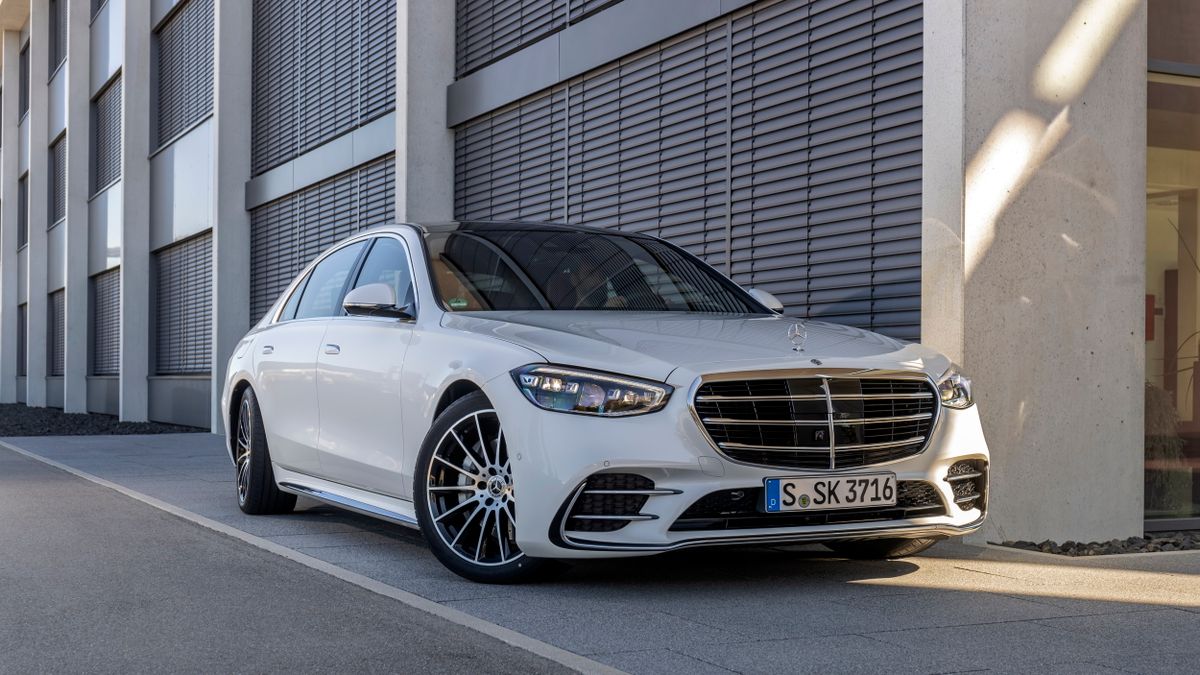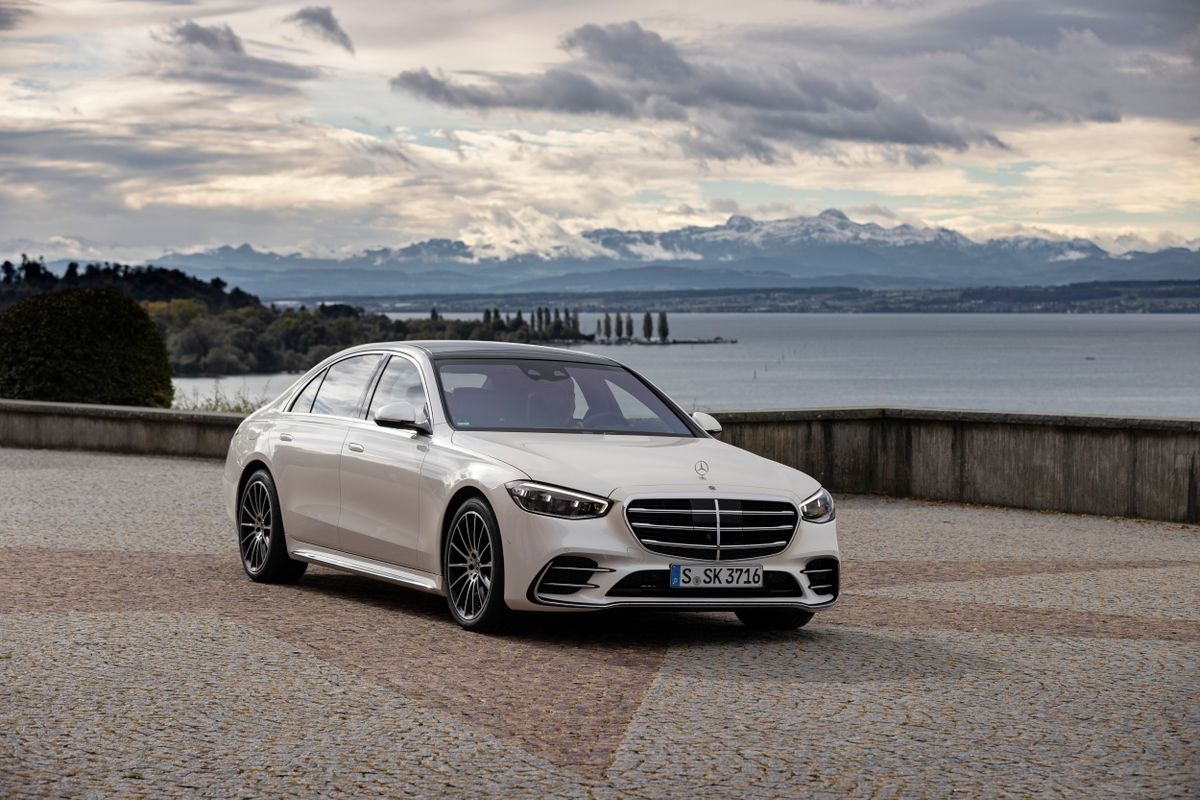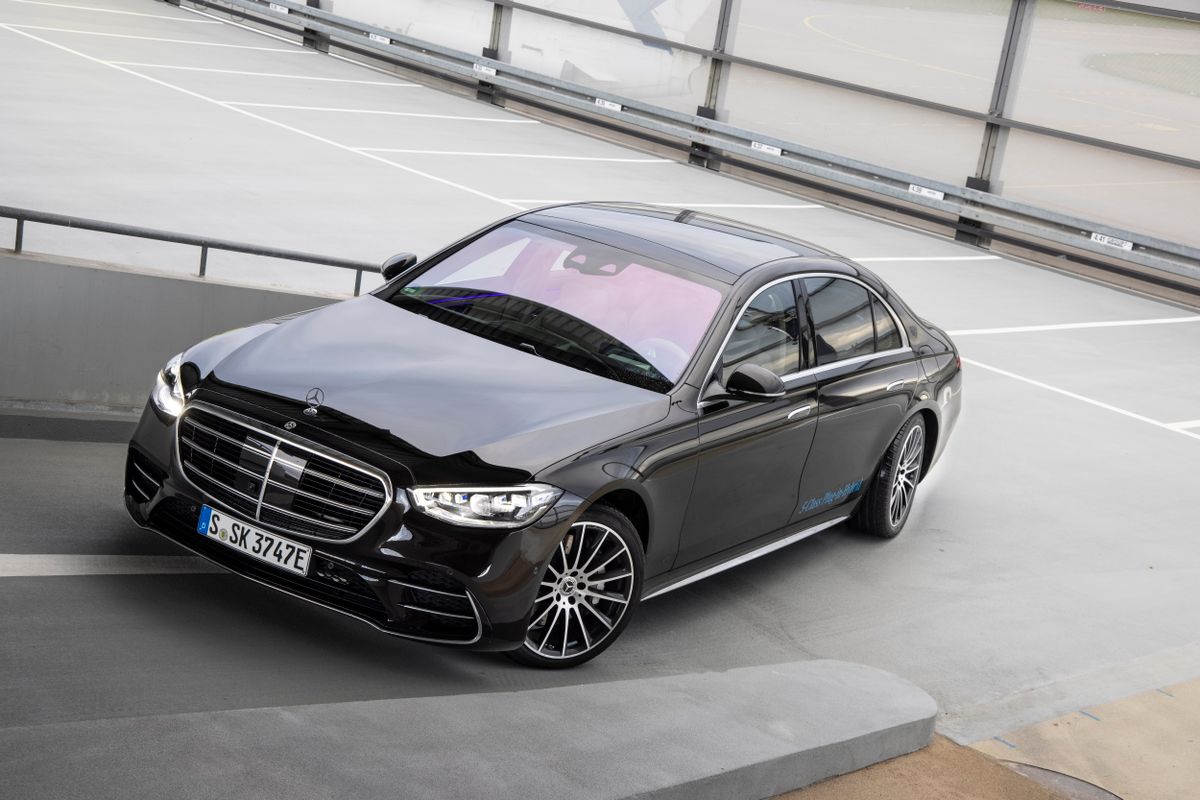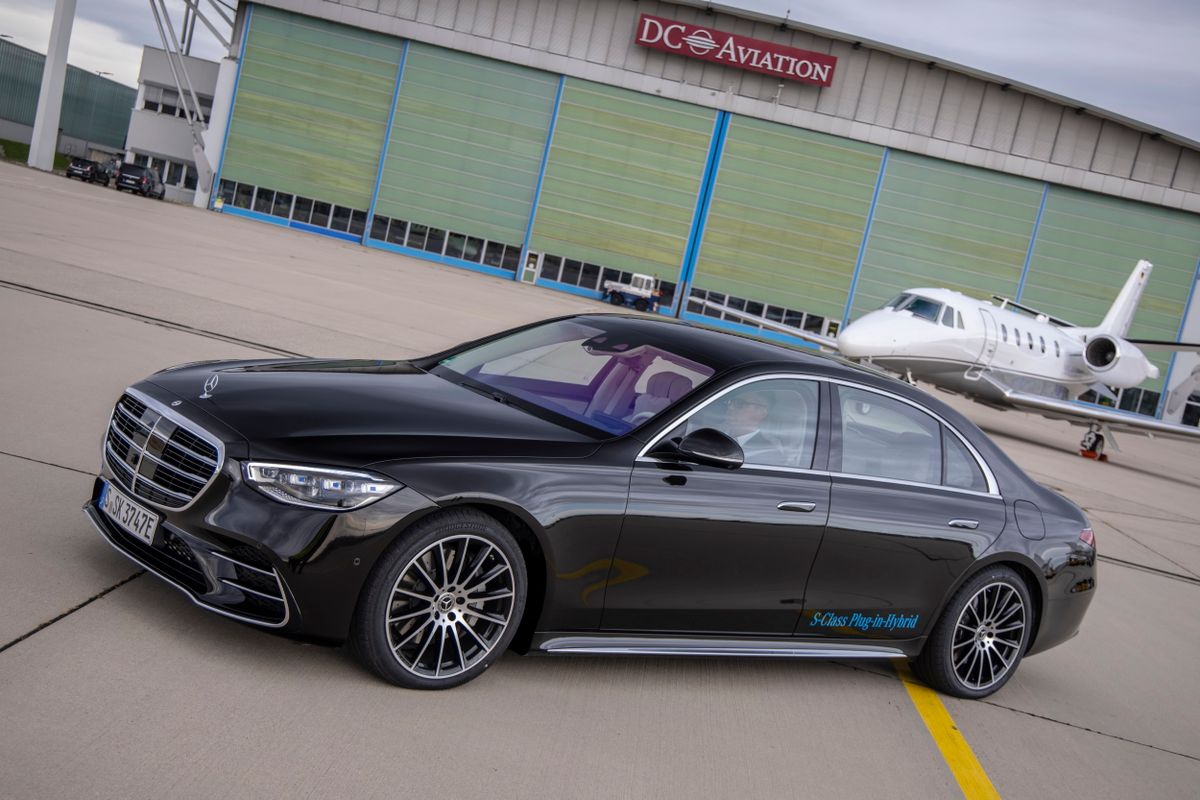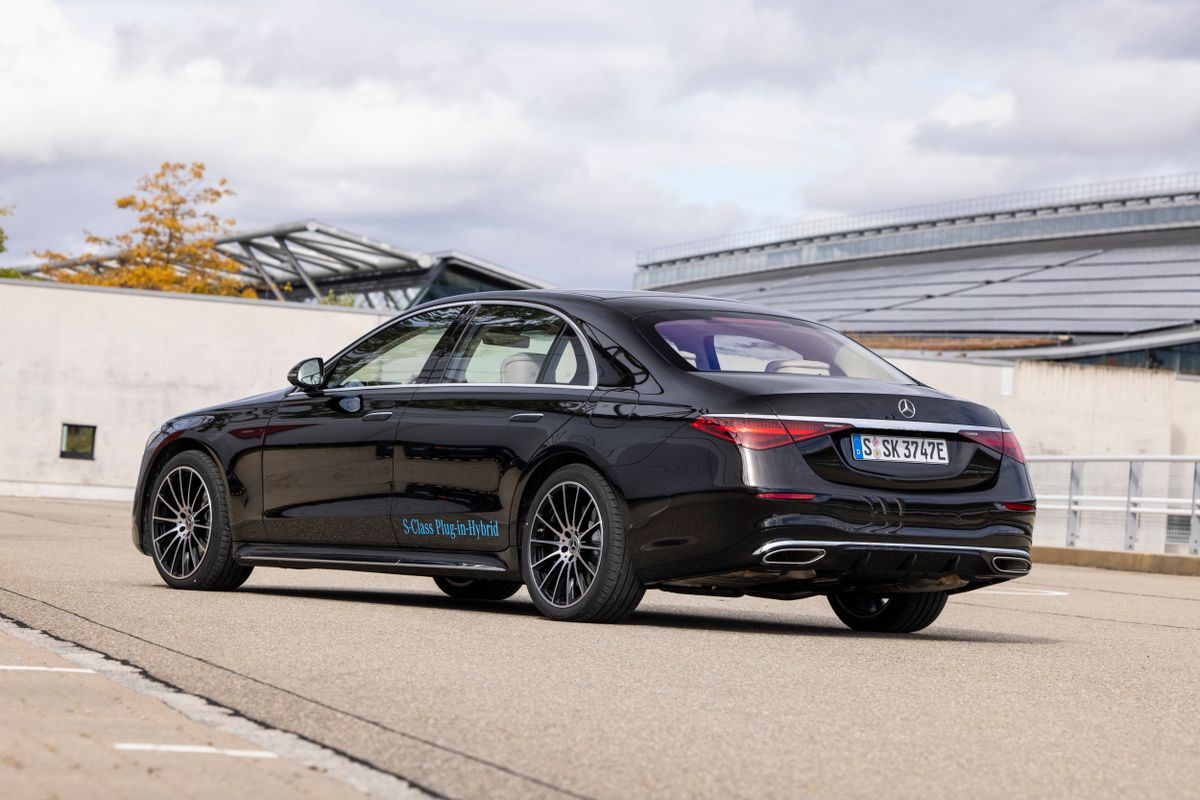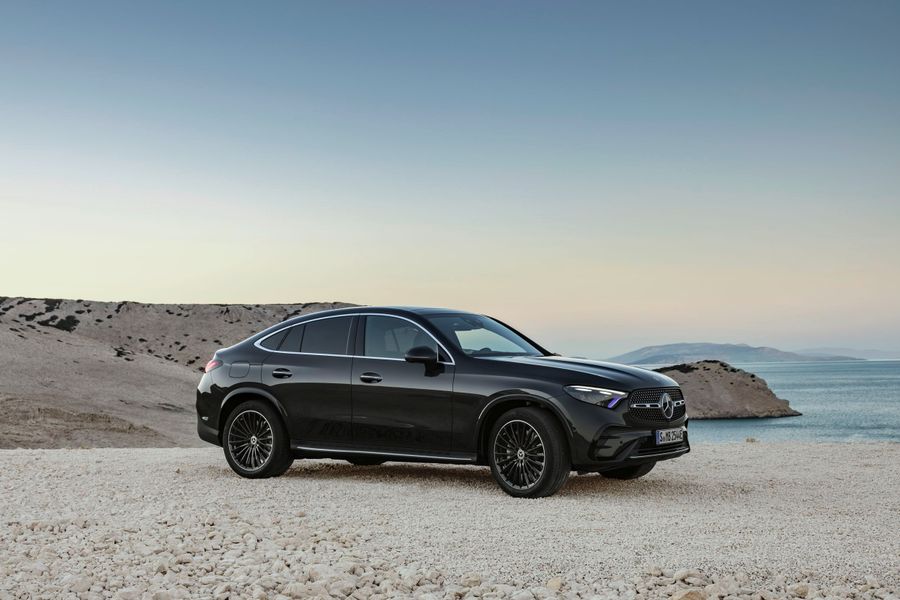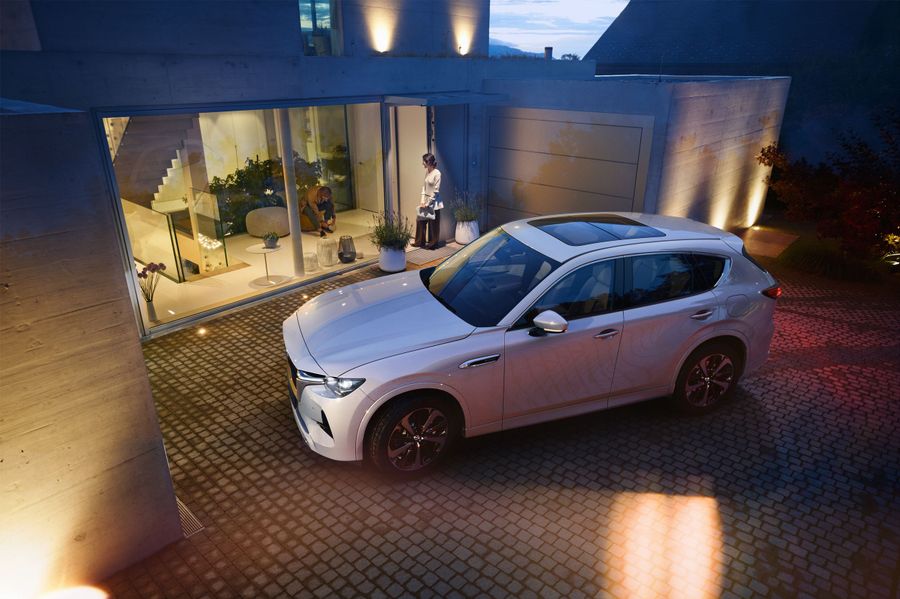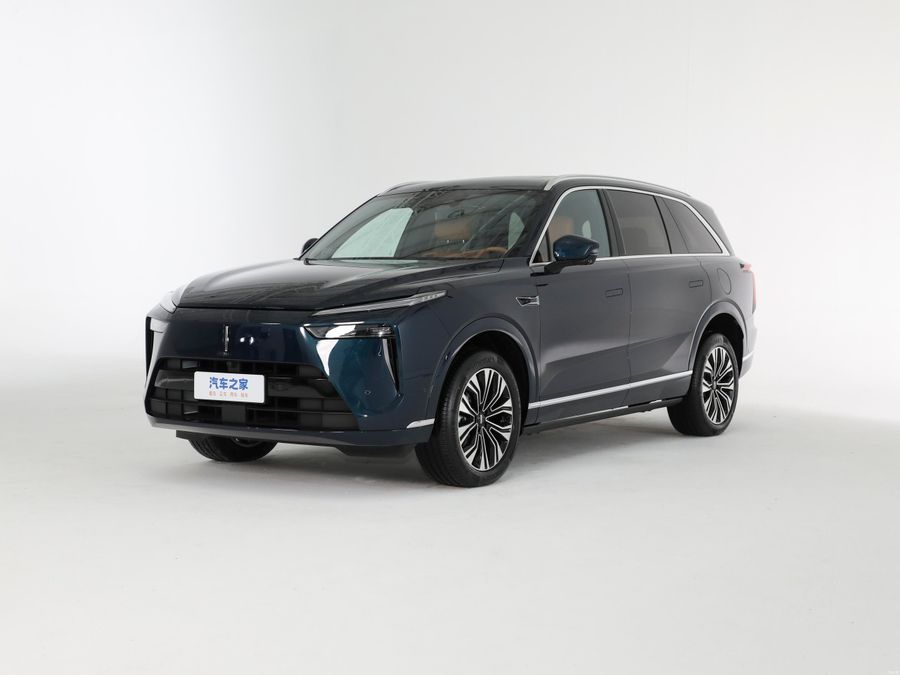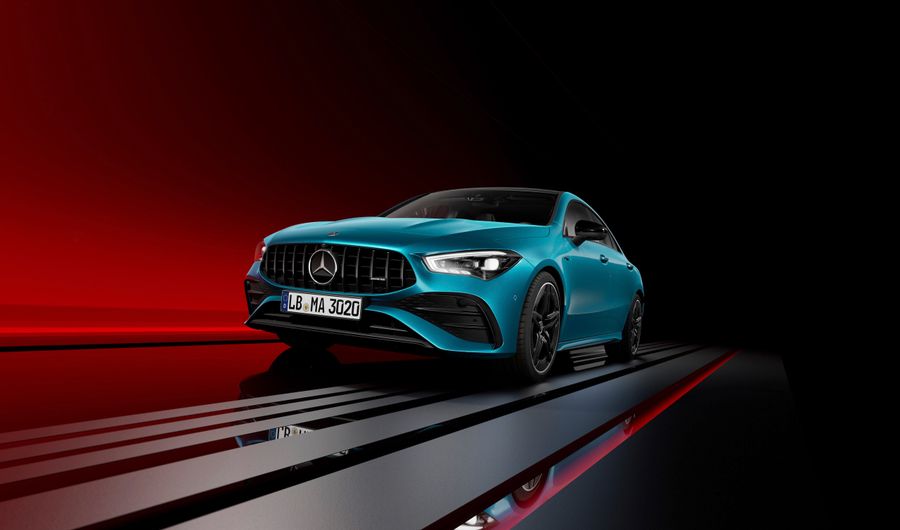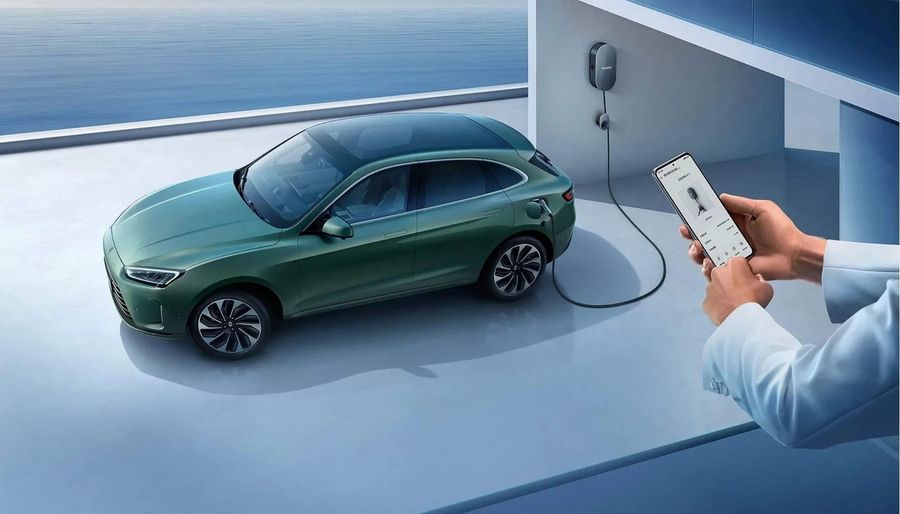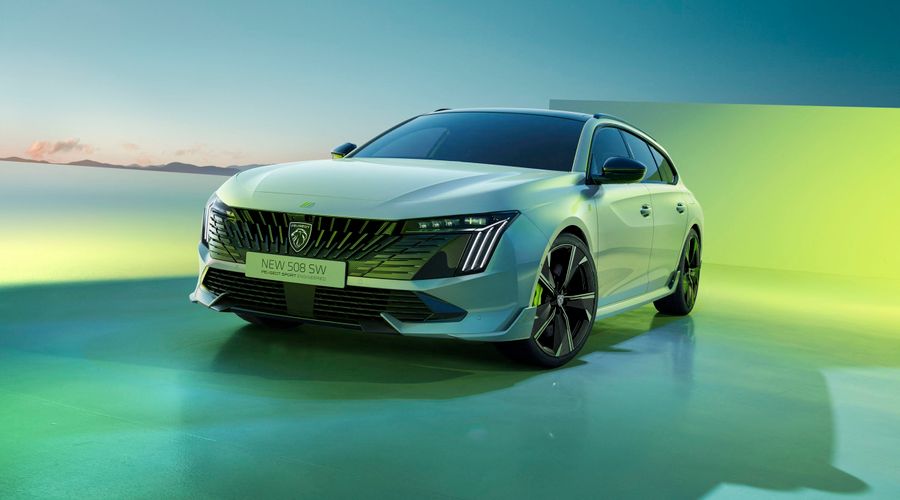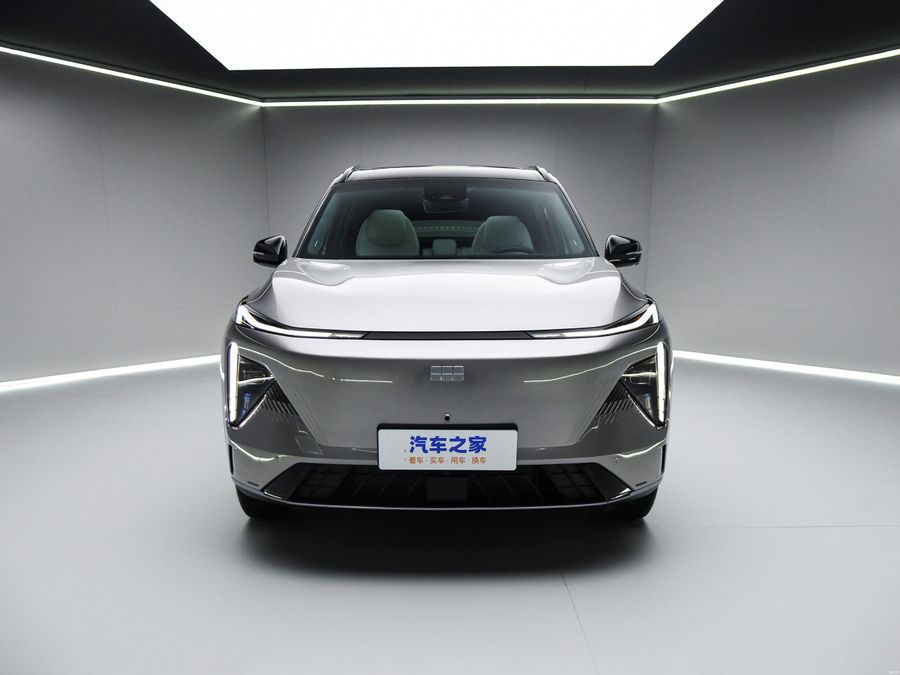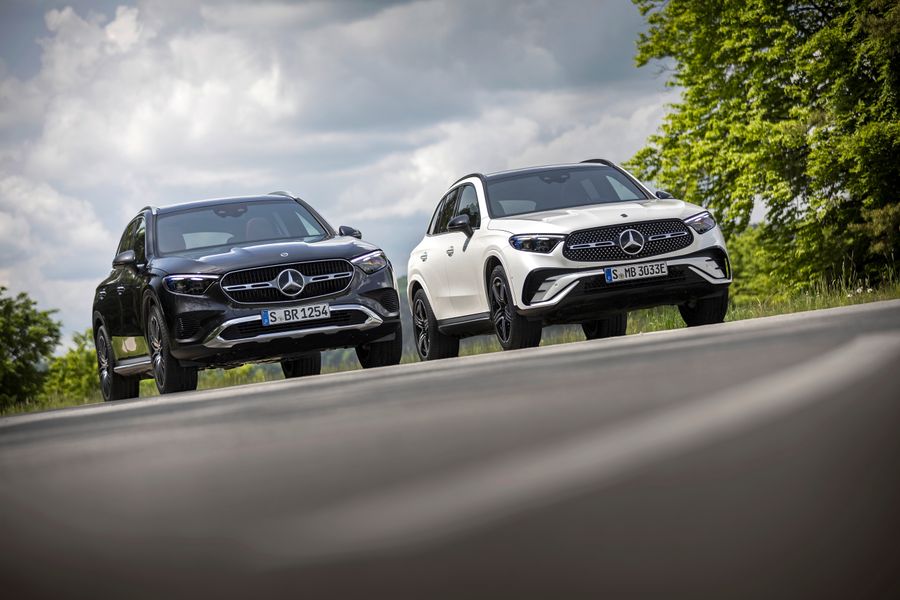
Mercedes S-Class. ‘The best car in the world’
The Mercedes S-Class is the flagship series of passenger cars produced by Mercedes-Benz (Germany) since 1972. It is available in sedan, elongated sedan, limousine, coupe and convertible rear or all-wheel drive variations. In 2020, Israeli buyers could purchase the seventh generation of S-Class cars.
The letter ‘S’ in the name comes from the German word ‘Sonderklasse’, which means ‘special class.’ The Mercedes S-Class is the most important model in the class hierarchy of this brand. The S-Class always comes together with the latest technological solutions of the company, including security systems and key features of the signature interior. The flagship Mercedes S-Class is one of the best-selling luxury sedans in the world, competing in the market with the BMW 7, Audi A8, Jaguar XJ and Lexus LS. All S-Class models are available in short- and long-wheelbase versions (with the ‘L’ prefix) with petrol, diesel and hybrid engines. All the generations, starting from the third one, have high-performance modifications developed by Mercedes-AMG Division. In addition to sedans, the company produces coupes and convertibles. Moreover, luxurious Maybachs and Mercedes-Maybach Pullman are based the S-Class. The first Mercedes executive sedans appeared in the early 1950s of the 20th century, but the official beginning of production of the S-Class generations goes back to 1972.
The first generation
It was produced from 1972 to 1980. The first S-Class (W116) was radically different from its predecessor, with a more masculine design and a sporty character. The 116th series were the first models to be equipped with ABS. The short-base models equipped with 6 and 8-cylinder engines were released first. A year later, the V116 long wheelbase models were launched. In 1975, the manufacturer presented the legendary Mercedes 450SEL 6.9, which won the European Car of the Year award. It was equipped with an engine borrowed from another famous Mercedes (W100), the so-called ‘six hundred’, which was produced from 1963 to 1981. The car could produce up to 286 hp and a torque of 550 Nm, accelerating from 0 to 100 km in 8 seconds, with the maximum speed of 225 km/h. The following famous people owned this model: Sophia Loren, Frank Sinatra, the Shah of Iran and John F. Kennedy Jr. In a poll undertaken by the British magazine Classic & Sports Car, the Mercedes-Benz 450SEL 6.9 is ranked fourth in the list of the ‘greatest sedans in the world.’
A total of 473,035 cars of the first generation were sold. What’s interesting is that the world was in the midst of an oil crisis at that time, which makes the success of the Mercedes S-Class especially impressive. This result was due to its high quality and worldwide export.
The second generation
It was produced from 1979 to 1991, while its restyling took place in 1985. Immediately after its release, the second S-Class (W126) shook up the whole idea of design in the automotive world. The car, created by designer Bruno Sacco, brilliantly combined sporty character and prestigious appearance. The car was equipped with airbags, belt tensioners and many other new elements, which were later transferred to other Mercedes cars. The popularity of the second generation S-Class in all markets was so high that the manufacturer had to stop producing the executive Mercedes-Benz 600 limousine (W100) in 1981.
In 1985, the S-Class underwent a major restyling, and at the same time the manufacturer presented the flagship 500SEL and 560SEL powerful models, which were able to surpass the ‘600’ model in terms of dynamic performance, however, their performance and configuration could not be compared with the uniqueness of the Mercedes-Benz 600 limousine (W100), which was completely custom-made. The second generation W126 was the most successful in the entire S-Class range both in terms of production time and the number of units built. For 12 years, 818,105 sedans were produced.
The third generation
It was produced from 1991 to 1999, while its restyling took place in 1994. The third S-Class (W140) became the largest car in the history of the S-series. The car was distinguished by a sensational number of the most advanced technical innovations. But the main advantage of the 140 series, apart from its extensive range of traditional inline 6-cylinder and V8 engines, was the brand’s first V12 engine, which was used to equip the 600SE and 600SEL models. So the third generation of the S-Class became the direct heir to the legendary 600th limousine (W100). In 1993, the German manufacturer adopted a new classification system, according to which S350 Turbodiesel, S280, S320, S420, S500/S500L and S600/S600L replaced 300SD, 300SE 2.8, 300SE/SEL, 400SE/SEL, 500SE/SEL and 600SE/SEL, respectively.
The letter ‘S’ in the name comes from the German word ‘Sonderklasse’, which means ‘special class.’ The flagship Mercedes S-Class is one of the best-selling luxury sedans in the world.
After the 1994 restyling, the car could boast of a lower ground clearance, the transparent turn indicator glass instead of the orange one, as well as the new headlights and matte plastic bumpers painted in body color at the back. The electronic equipment and interior were also upgraded. Plus, the model was equipped with such innovative elements as parking sensors and GPS navigation. A total of 406,710 third-generation sedans were produced, which could not repeat the success of its predecessor, partly because of the high price, partly because of the too large dimensions, which were not particularly welcomed in Western Europe. But it is precisely for the same reasons that the 140th series left a very noticeable mark in the recent history of post-perestroika Russia of the 90s.
The fourth generation
It was produced from 1998 to 2005, while its restyling took place in 2002. The fourth S-Class (W220) was 300 kg lighter and 120 mm shorter than its predecessor and featured a futuristic body design with rounded exterior elements. At the same time, the interior volume of the passenger compartment was larger and better equipped. The German manufacturer completely revised its concept of a luxury car, which now became more compact and more economical due to a lighter structure, an elegant and spacious interior, equipped with high-tech devices to improve comfort. The diesel S-Class models were also changed. Thanks to the Common Rail technology, the new entry model S320 CDI became very popular in various markets. Plus, the manufacturer presented the flagship diesel S400 CDI model with a V8 turbocharged diesel engine. The petrol S280, S320 and S350 models were equipped with a V6 engine, the S430 and S500 had a V8 engine, and the flagship S600 model had a V12 engine. In 1999, the sports model S55 AMG with a boosted V8 engine was added to the corporate line, and then in the early 2000s, the S63 AMG and S65 AMG versions with a V12 engine were released.
After the restyling in 2002, the Mercedes S-Class acquired an improved aerodynamics-wise front face, upgraded taillights, a new transparent headlight housing and lower air intakes on the front bumper. The range of models now also included a 4MATIC all-wheel drive version with electronic traction control, distributing power in the proportion: 40% to the front axle and 60% to the rear axle. The COMAND multimedia system came as standard, and the S600 had an additional navigation system. The fourth generation turned out to be very successful. A total of 485,000 sedans were produced. However, due to chronic air suspension breakdowns, especially on the first vehicles, the Mercedes S-Class began to lose its market position to premium cars from BMW, Lexus and Infiniti.
The fifth generation
It was produced from 2005 to 2013, while its restyling took place in 2009. It is obvious that the fifth S-Class (W221) was inspired by the Maybach limousine (W240). The exterior of the new model featured the retro styling patterns, especially in its voluminous wheel arches. At the same time, it could boast of the most modern electronic systems for that time. The product range included the petrol S300 and S350 models with a V6 engine, the S450 and S500/550 models with a V8 engine, and the S600 model with a V12 engine. Plus, there were the S320 CDI and S420 CDI diesel models. The top models were the AMG S63 and S65. And in 2008, the manufacturer presented the first S-Class hybrid model, the S400 Hybrid.
After the restyling in 2009, the sedan acquired an optional all-wheel drive transmission, a number of new electronic systems and environmentally friendly BlueTEC diesel versions with filters in the exhaust system. The fifth generation of the S-Class was very successful, with a total of 516,000 vehicles sold.
The sixth generation
It was produced from 2013 to 2020, while its restyling took place in 2017. The sixth S-Class (W222) was designed by Robert Lesnik. The exterior of the new model was borrowed from the new CLA and E-Class. The car was produced in sedan with shortened and extended wheelbases, coupe and convertible bodies. In addition, there were high-performance S63 AMG and S65 AMG modifications and perhaps the most luxurious of all, the Pullman limousine, assembled by the luxury Mercedes-Maybach division.
In 2017, the sixth generation models underwent restyling, after which the vehicles could boast of the upgraded exterior and a set of electronic systems, as well as an extended range of engines. The exterior of the new Mercedes S-Class had new bumpers, front optics with three LED strips, upgraded stardust taillights, a modified radiator grille, seven new 17-20 inch wheel rims, as well as chrome trim connecting the exhaust system pipes. Reversing lights now sparkled when locking or unlocking the locks.
The model was equipped with a new 3-spoke steering wheel, and two 12.3-inch displays on the front panel under the overall glass. The passenger compartment could boast of new wood trim options and a new atmospheric LED lighting. The COMAND multimedia system could be controlled via small touchpads on the steering wheel spokes. The power trains of the model, numerous driver assistance systems and electrical equipment were also upgraded. A stereo camera, operating even at dusk and at speeds up to 180 km/h, made it possible to improve the quality of scanning the road surface. The Curve tilting function was able to tilt the body inside the turn by an angle of up to 2.65 degrees. The 2018/2019 restyled Mercedes S-Class had the Evasive Steering Assist. The active lane change assist checked the position and speed of nearby cars for ten seconds if the driver had touched the turn signal lever and helped to change lanes. Changes were also made to the adaptive cruise control, which now could use the map to reduce the pace in advance as the vehicle approached the curves in the road, intersections, descents, toll points. An automatic speed limiter was also integrated with the navigation system. New features for the flagship model included the Energizing Comfort Control, which for the first time combined climate control, aromatization, heating, seat ventilation and massage, 64-color lighting and a multimedia system in one button. Plus, there was the Active Emergency Stop Assist, which reduced the speed of the sedan until it stopped in its lane with the activation of Emergency Brake Alert if it detected that the driver stopped driving the car. The Lane keeping assist first warned the driver of an unintentional approach to the lane markings by vibration, and if the driver did not react, it could adjust the car’s trajectory with light braking efforts.
A total of about 2.7 million S-Class vehicles have been produced in the last 40 years
The most powerful AMG models also underwent restyling: the S63 was equipped with a 4-liter twin-turbo V8 engine, which produced 612 hp and 900 Nm, which was paired with a 9-speed 9G-Tronic SpeedShift MCT transmission. These upgrades allowed to the S63 AMG accelerate from 0 to 100 km/h in just 3.5 seconds. The S65 AMG remained unchanged.
In the fall of 2017, the company presented a new S560 e hybrid executive sedan model at the Frankfurt Motor Show. An upgraded electric motor with 122 hp and 440 Nm of torque was integrated with the 367-hp petrol engine and the 9G-Tronic Plus nine-speed automatic transmission. It was operated by Bosch’s Eco Assist software, which evaluates the route, current driving conditions and traffic. And based on these parameters, it built the necessary algorithms for the operation of the engines. Due to the energy stored in a 13.5 kWh lithium-ion battery, the car could travel up to 50 km in 100% electronic mode. Batteries became more compact, and some of the hybrid components were placed under the hood, thanks to which the trunk volume was increased from 395 to 410 liters. Of particular interest was the function of preheating or cooling the passenger compartment, which could be activated remotely through a special application for smartphones.
A year after the launch of the sixth generation, more than 100,000 S-Class models were sold worldwide, which was a real record for a representative car. And in November 2019, over 500,000 cars were sold. In general, a total of about 2.7 million S-Class cars have been produced over the past 40 years.
The seventh generation
It has been produced from 2020 to the present (as of 2020). The seventh Mercedes S-Class (W223), assembled on a new MRA II modular platform, had a body made of more than 50% of aluminum alloy, a set of new electronics, modular engines and an optional full-control chassis, with which the rear wheels turn at low speeds at an angle of up to 10 degrees in the direction opposite to the front ones, and at high speeds they turn up to 4.5 degrees in one direction with the front ones. Fifty electronic components of the model are able to update their software. Optics options now include the Digital Light head lights with 1.3 million movable micromirrors in each headlight, capable of not only changing the shape of the light beam, but also projecting warning symbols and auxiliary markings onto the road. For the first time there is a choice of door handles: classic or recessed ones.
In addition to the standard airbags, there are also front airbags for the second row (optional for the long wheelbase version). The drag coefficient has been reduced to 0.22. The 2020/2021 Mercedes S-Class is one of the smoothest production cars. Among other things, due to this factor, the average fuel consumption of the sedan ranges from 6.4 and 9.5 l/100 km, depending on the engine and base. In 2021, a Level 3 Drive Pilot will become available for the S-Class, allowing the driver to do their thing, such as surfing the Internet or reading emails. The car can park independently, without a driver inside, and it is ready to work with specially equipped unmanned parking lots. In this case, it is Level 4 autonomous.
The portrait-oriented OLED center screen measures 12.8 inches diagonally. The digital dashboard measures 12.3 inches. A lesser number of buttons and large wooden surfaces set a new mood in the passenger compartment. The ‘Hello Mercedes!’ voice control system understands 27 languages, while the number of speakers can reach 30, and there are 19 electric motors in each front seat: eight for basic settings, four for massage, five for ventilation, one for lumbar support and one for adjusting the monitor on the back. There are ten massage programs in the seats. The new generation MBUX interface recognizes the owner by face, voice and fingerprint, and talks to him/her. At the same time, it can respond to gestures and movements of both the driver and passengers. The sedan can receive data from the owner’s fitness bracelet and take into account the quality of sleep to select the settings for comfort systems. The owners of the S-Class do not need to adjust the seats, mirrors or the steering wheel: they only need to tell the digital assistant their height, and the car will set the optimal parameters. Thus, the car becomes truly convenient and turns into an intelligent and caring companion.

